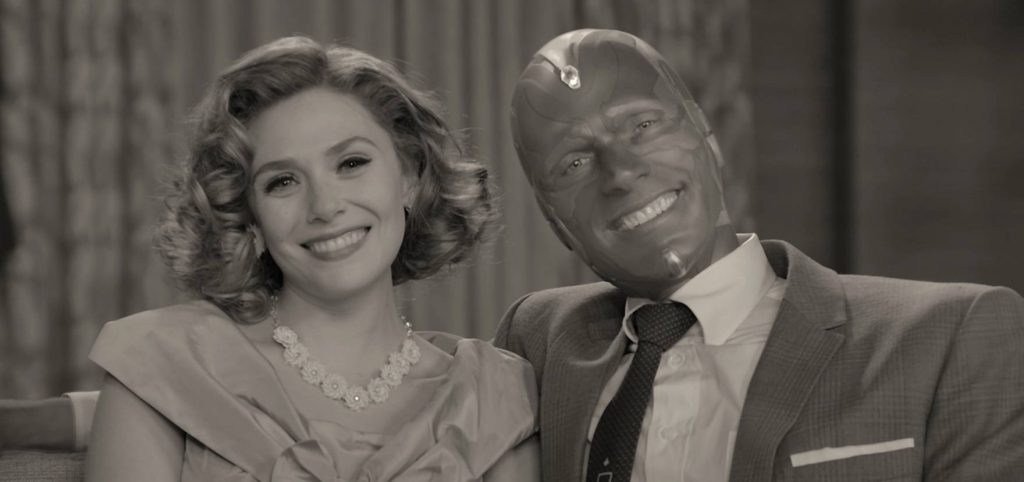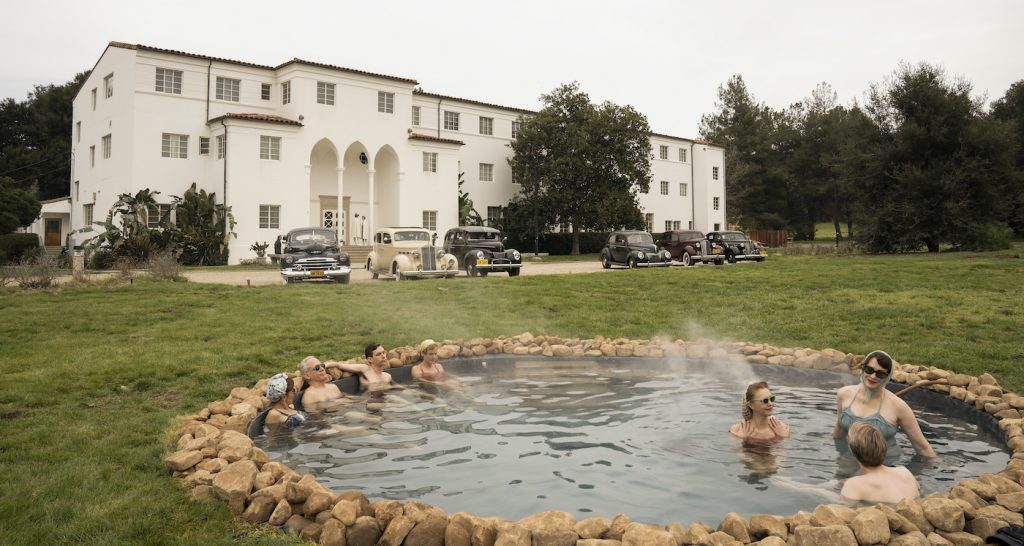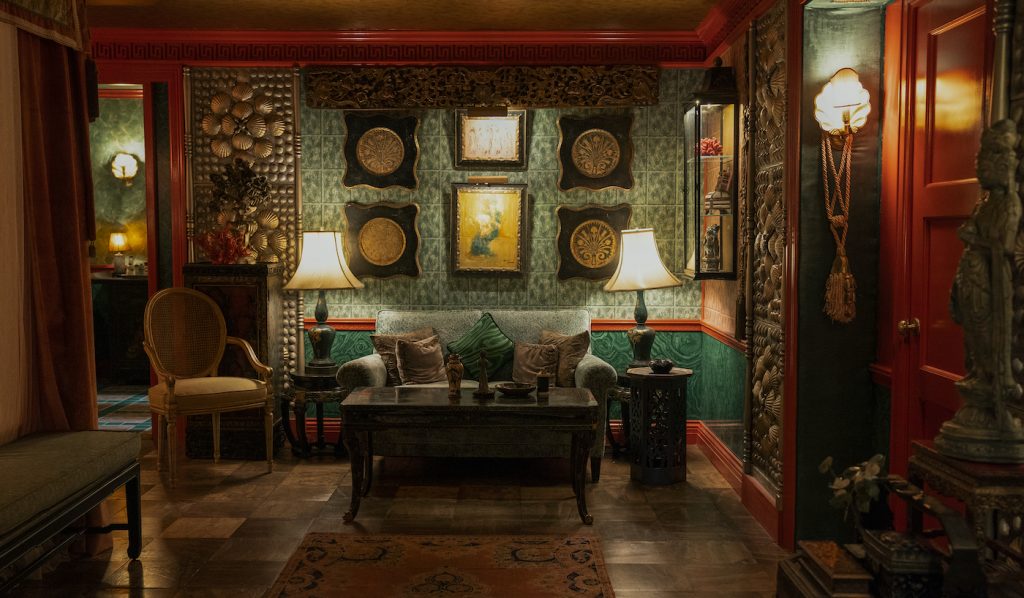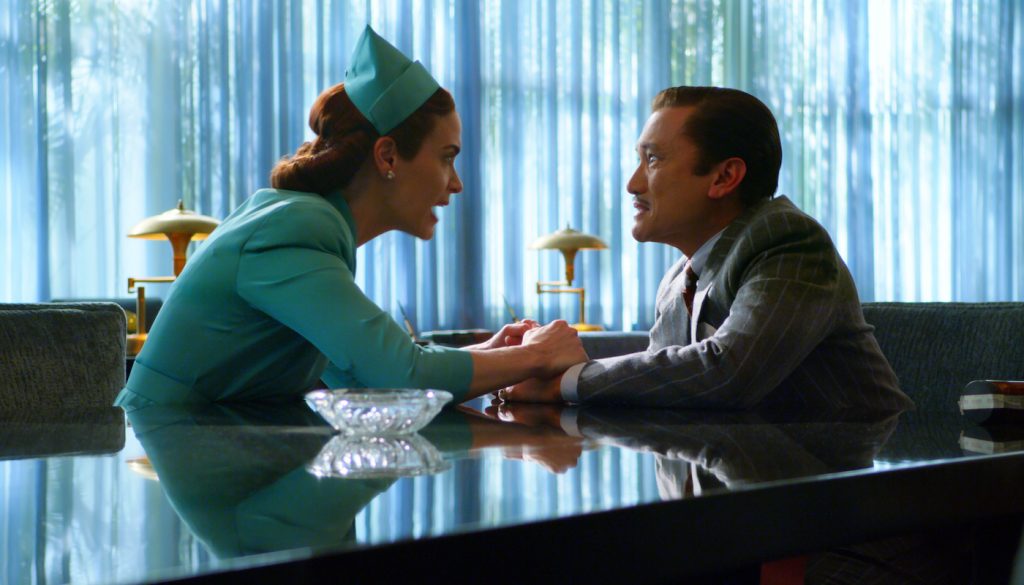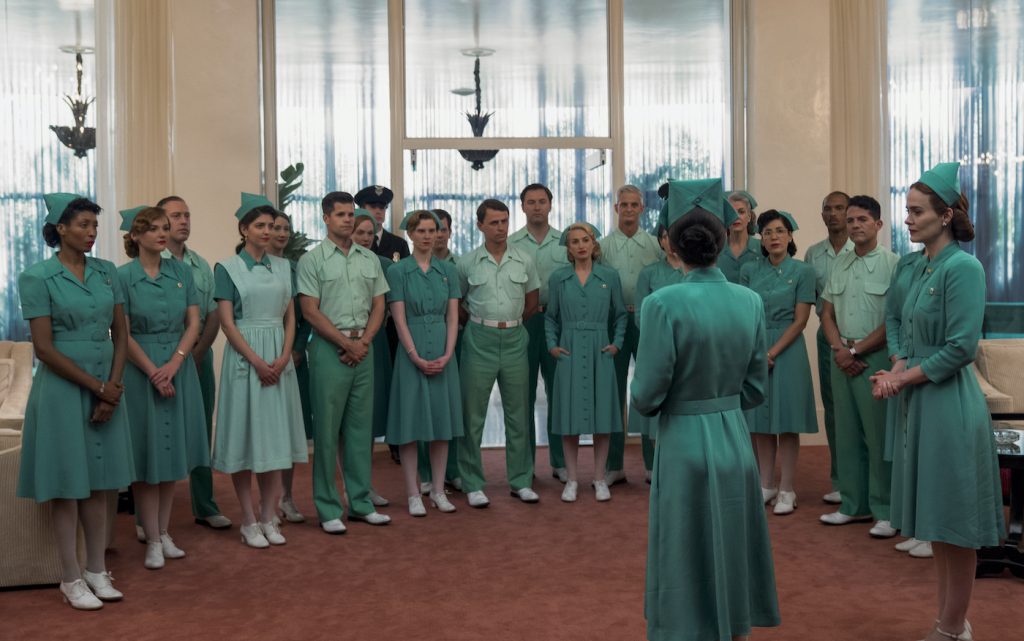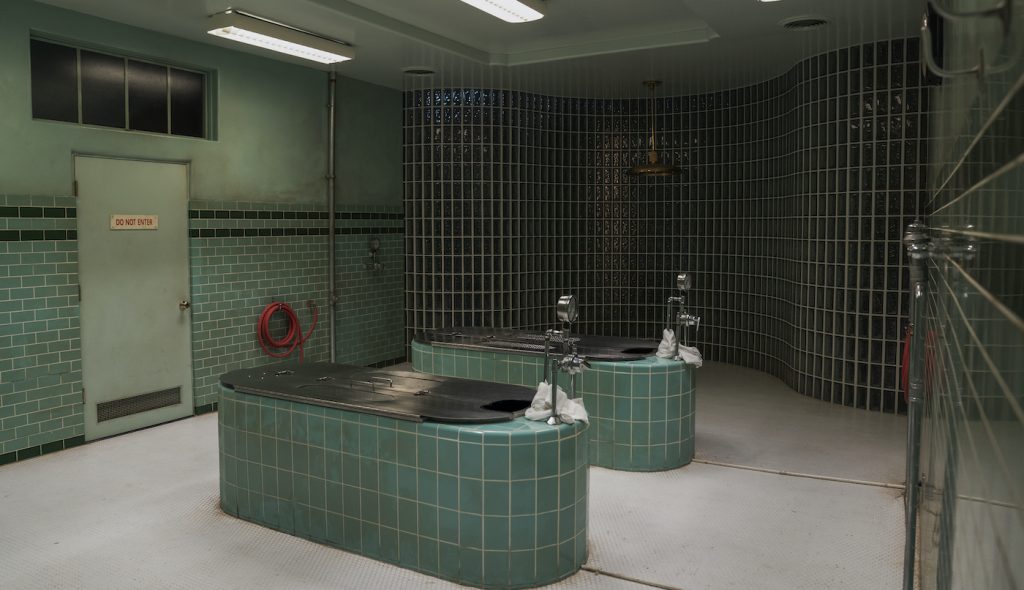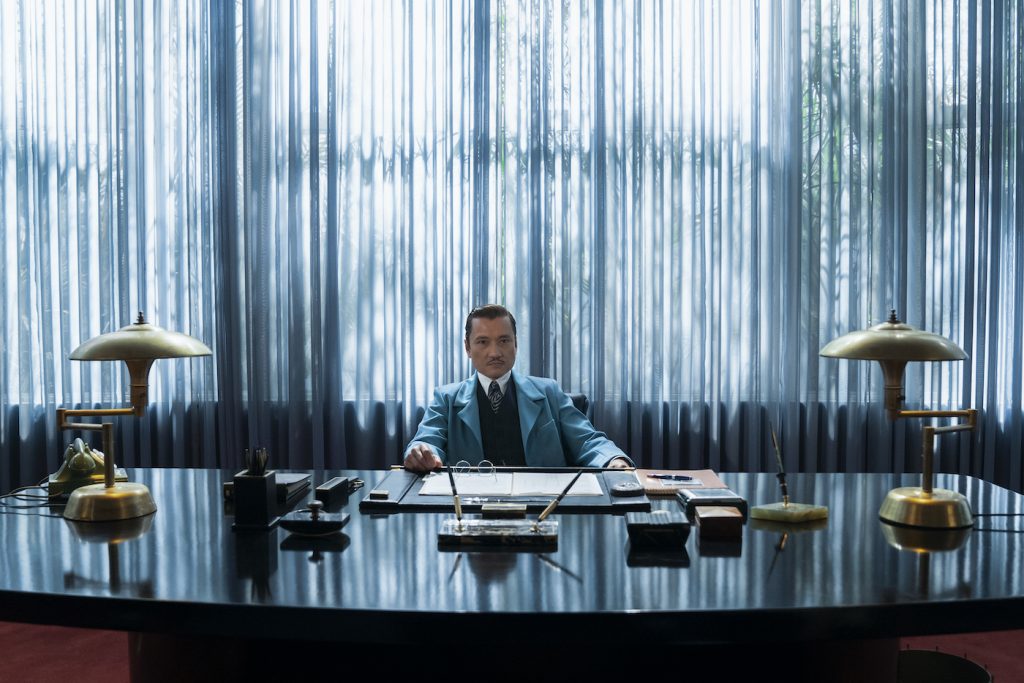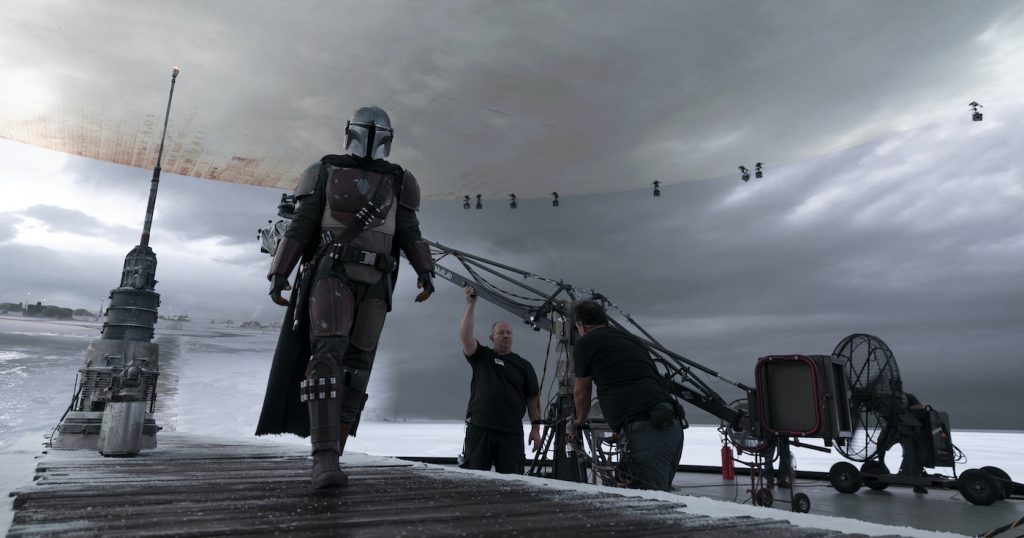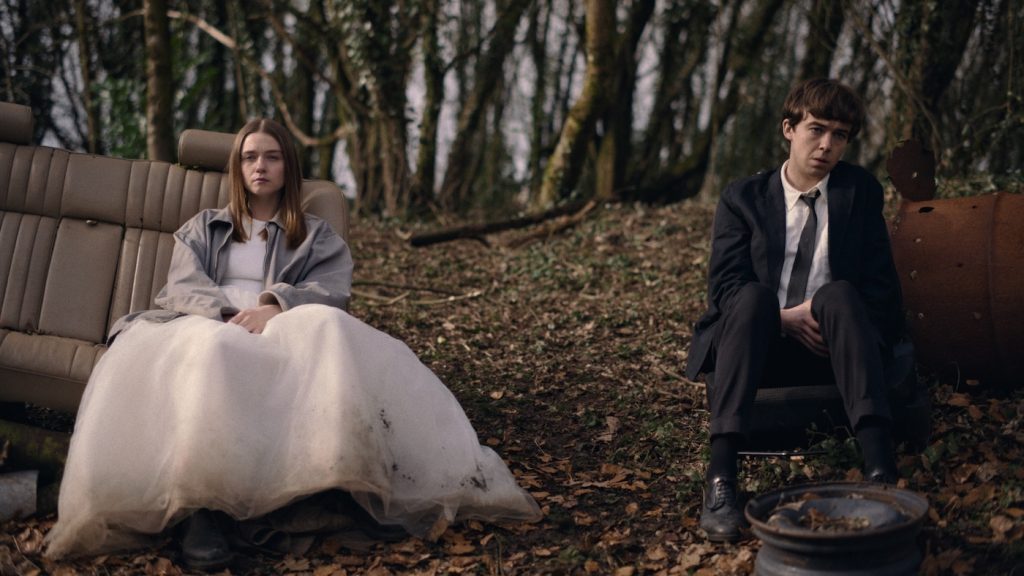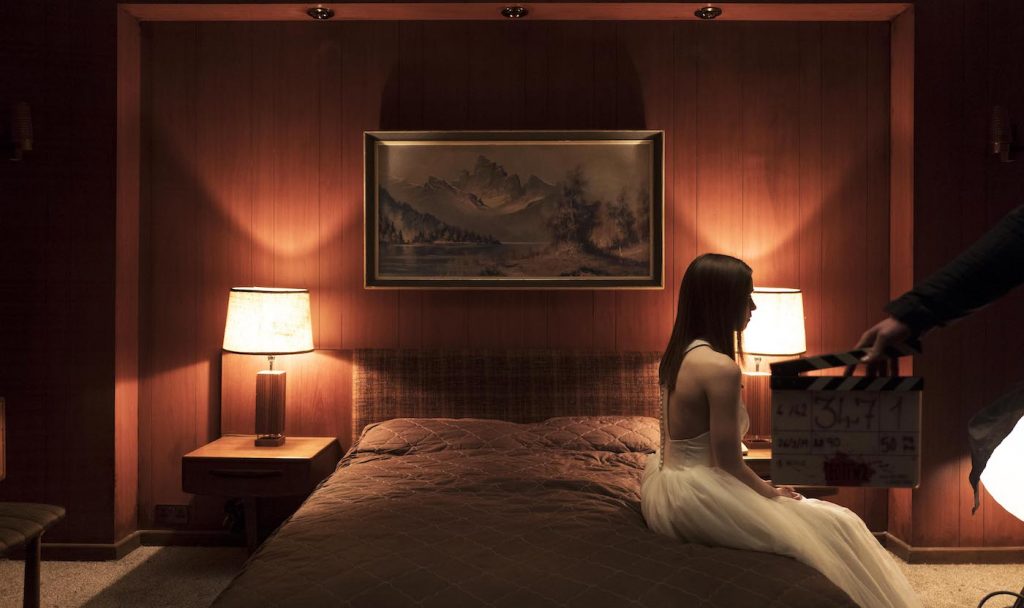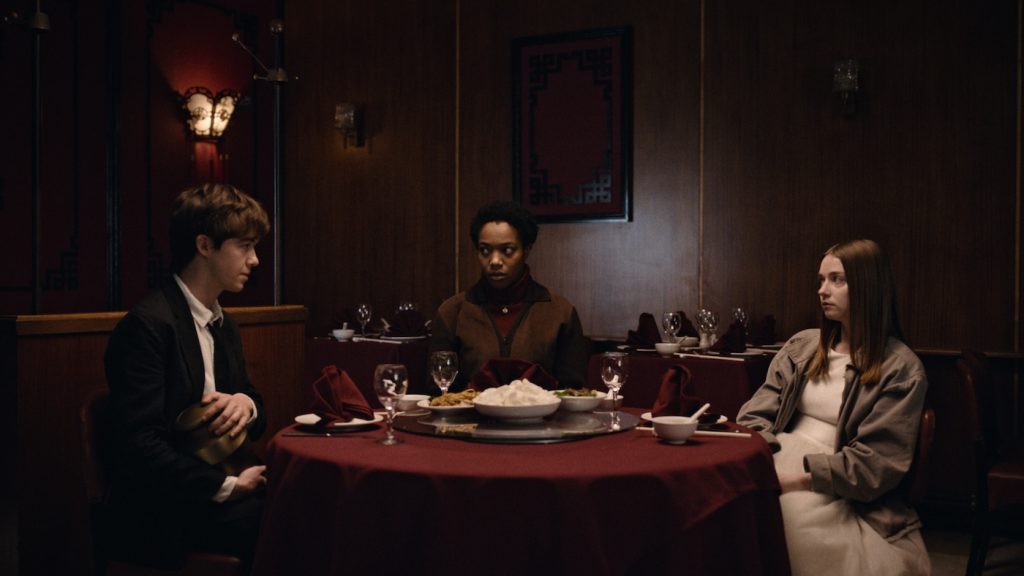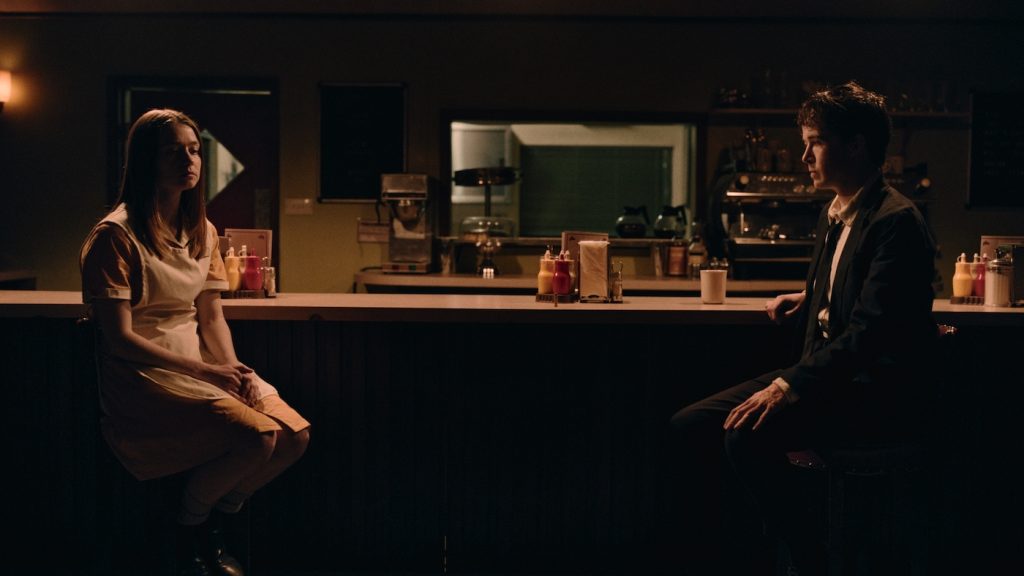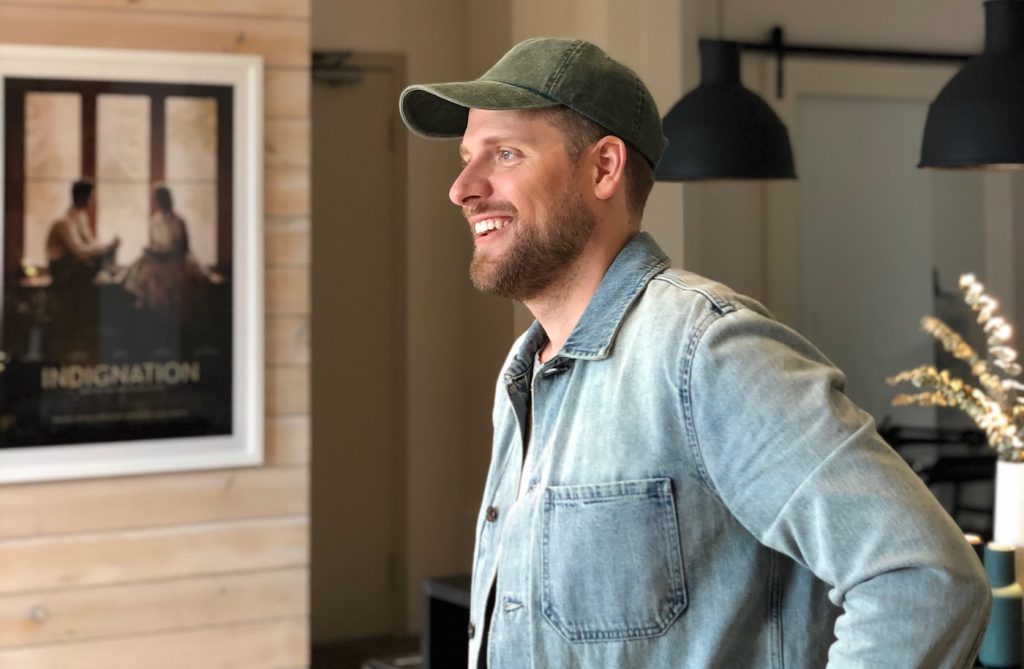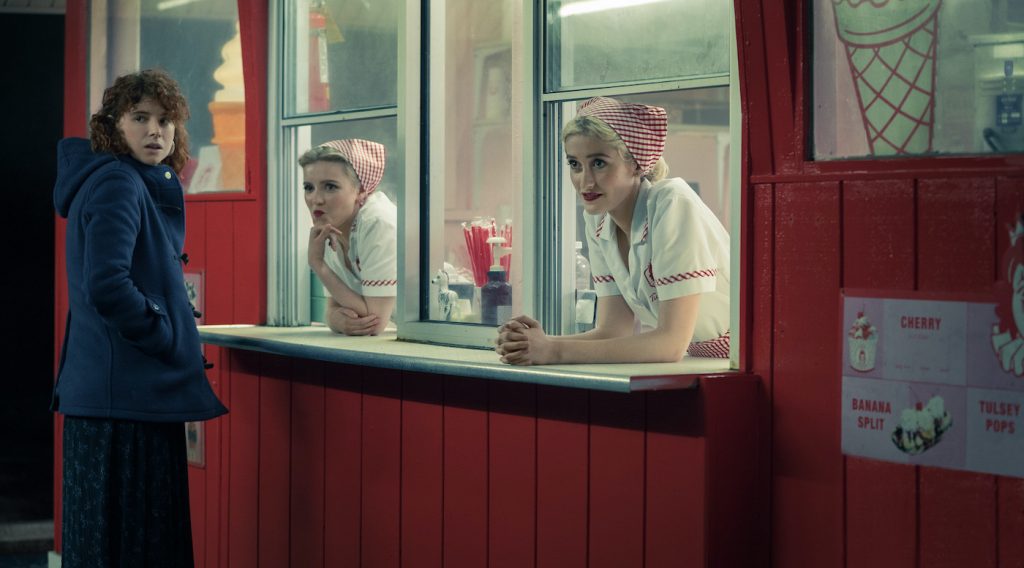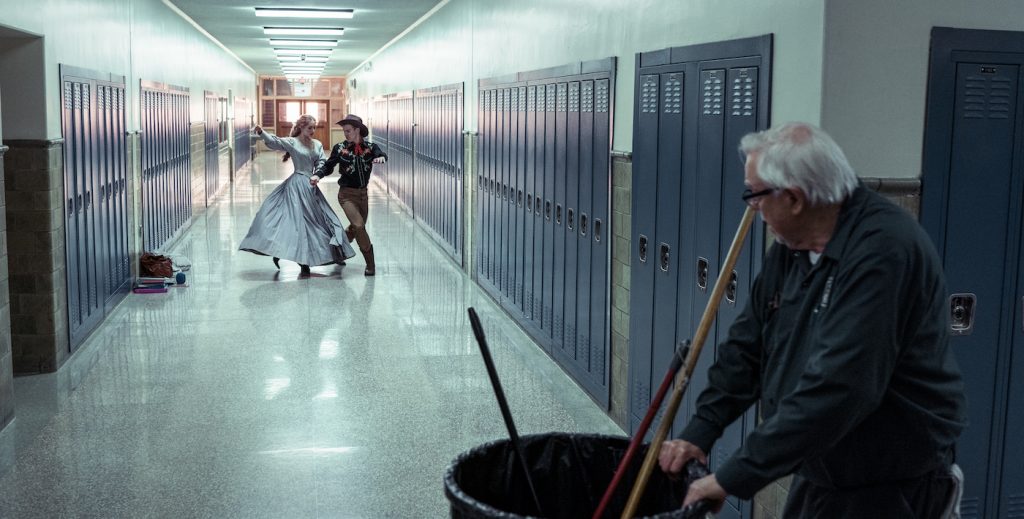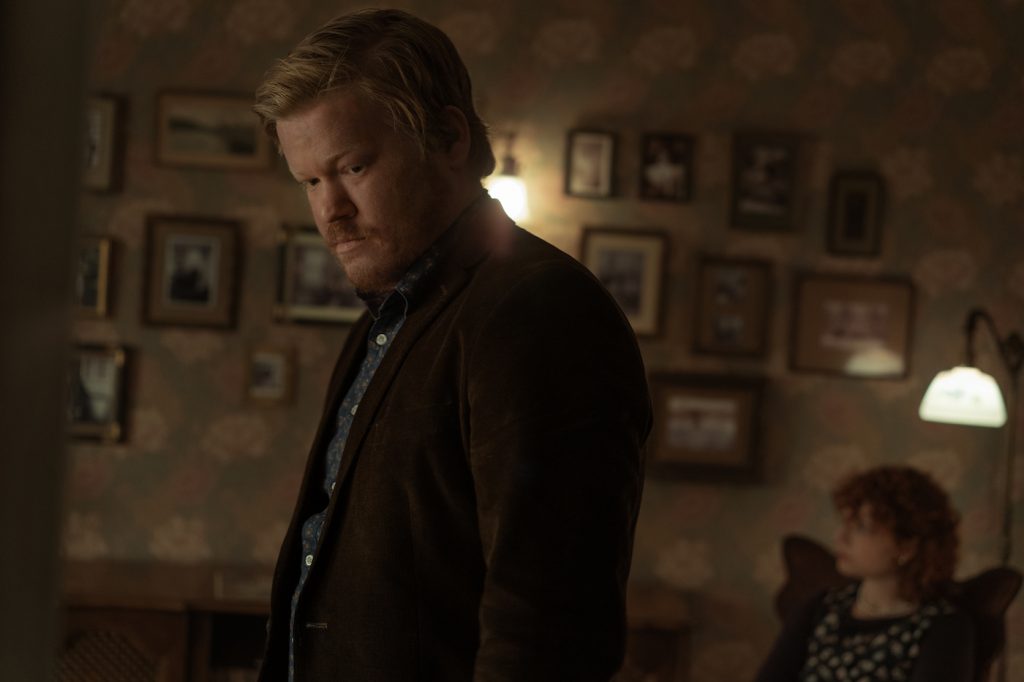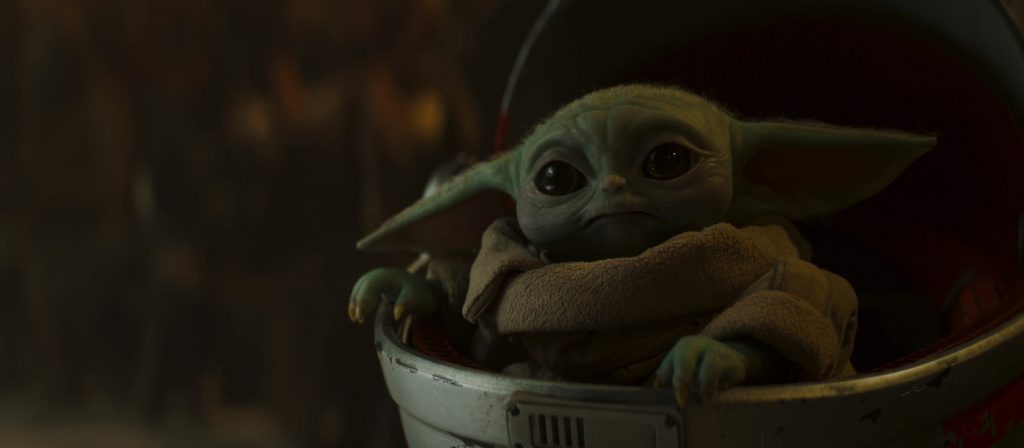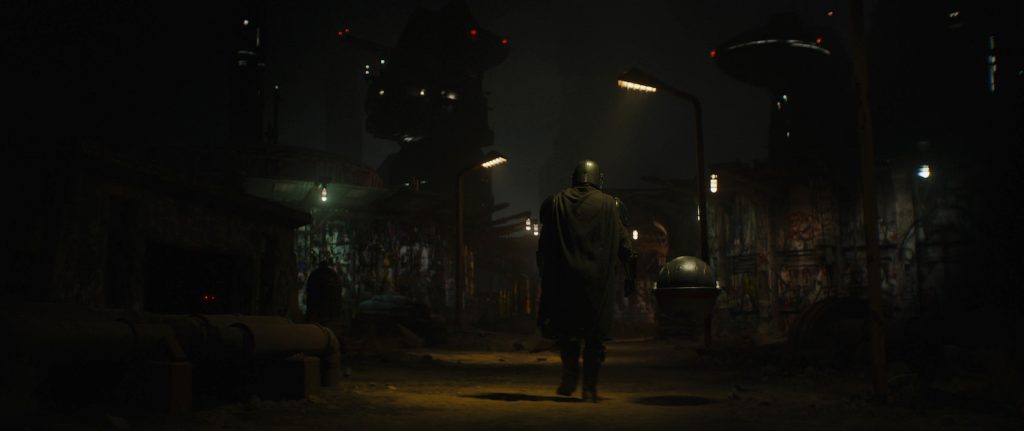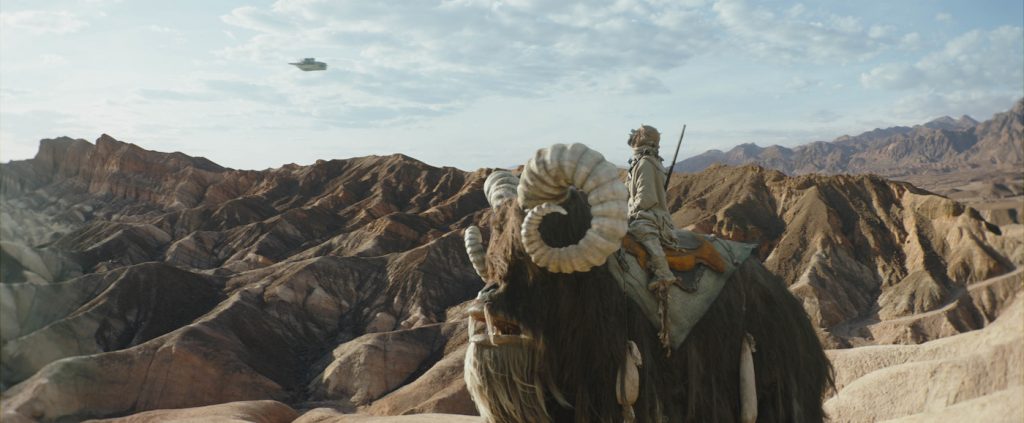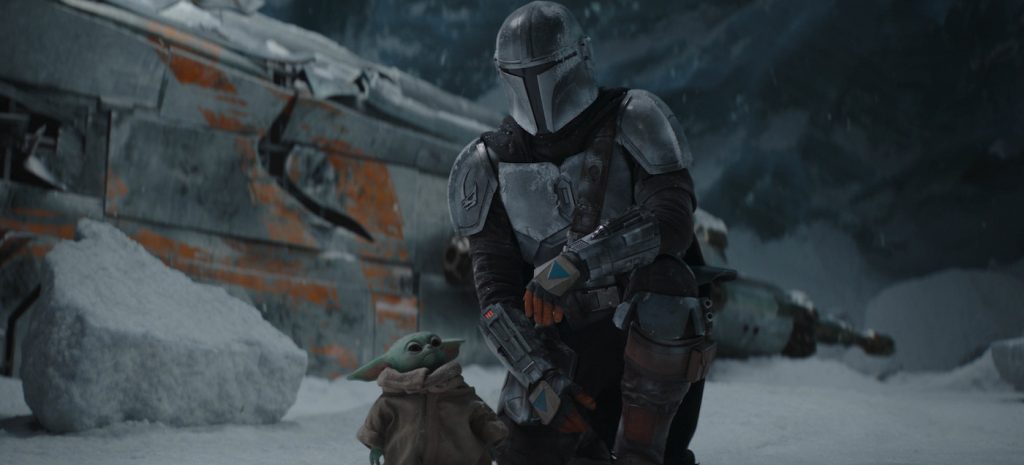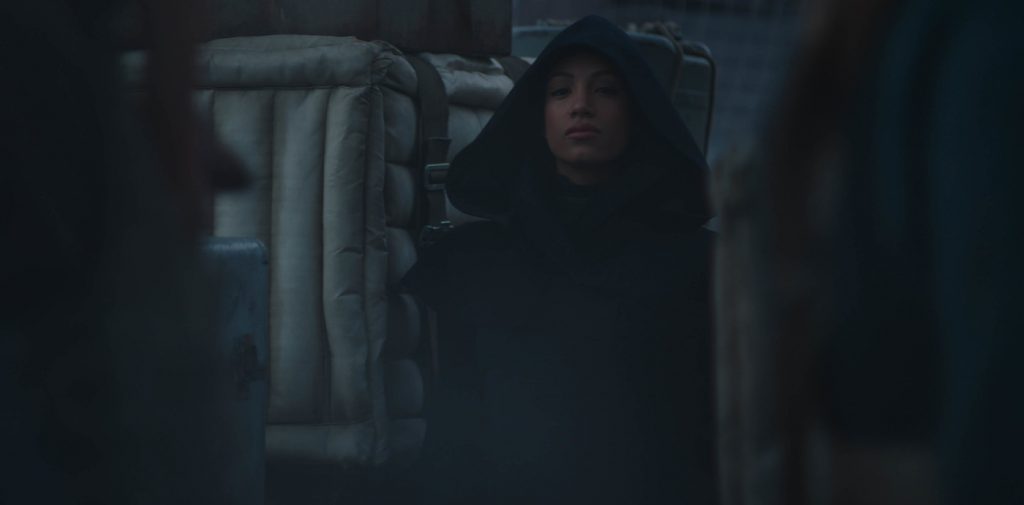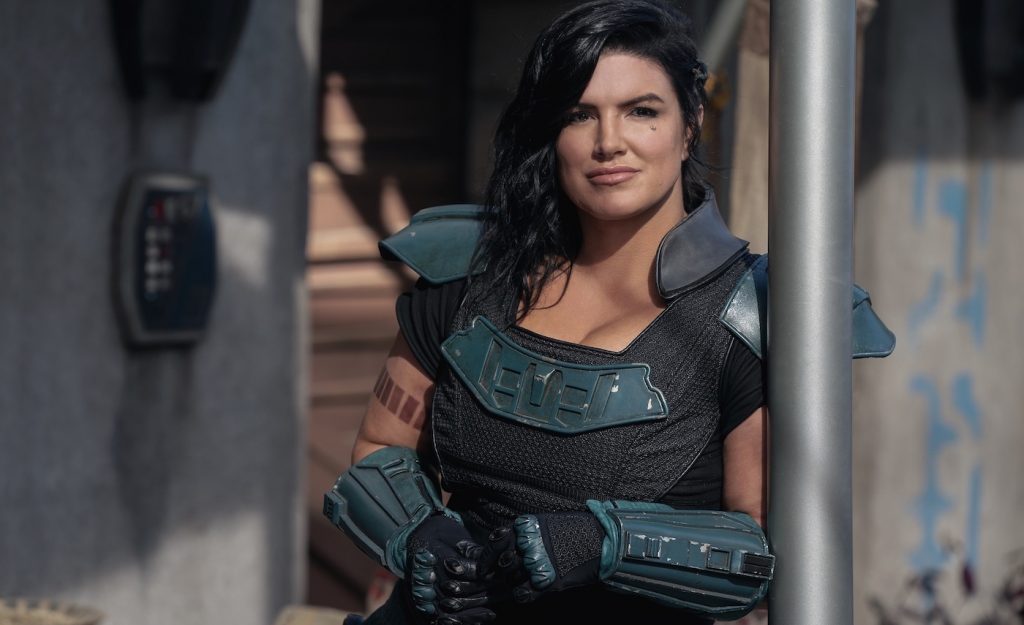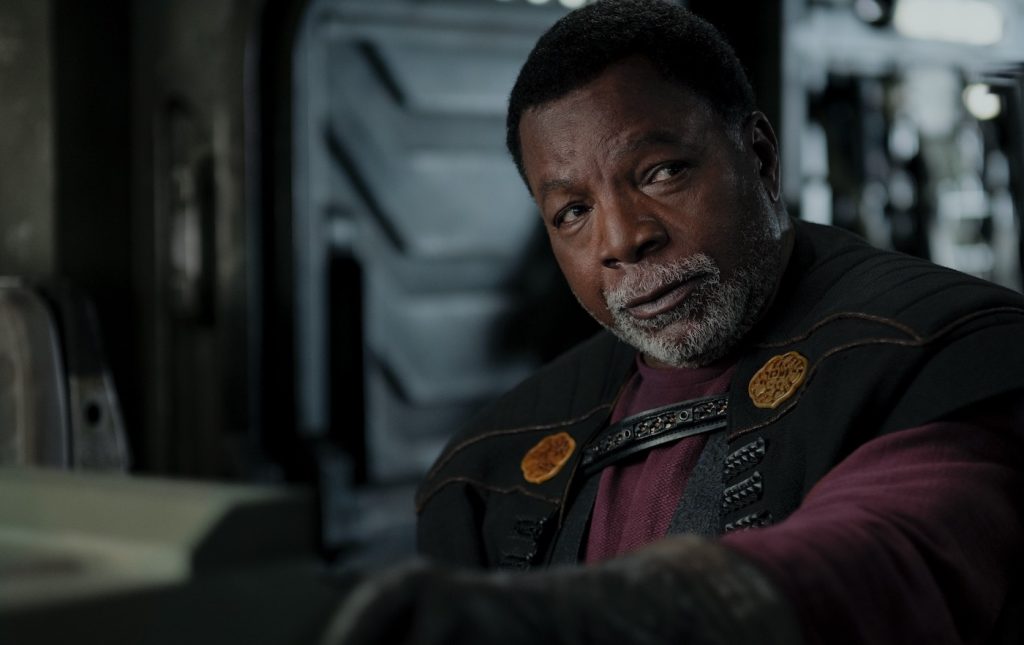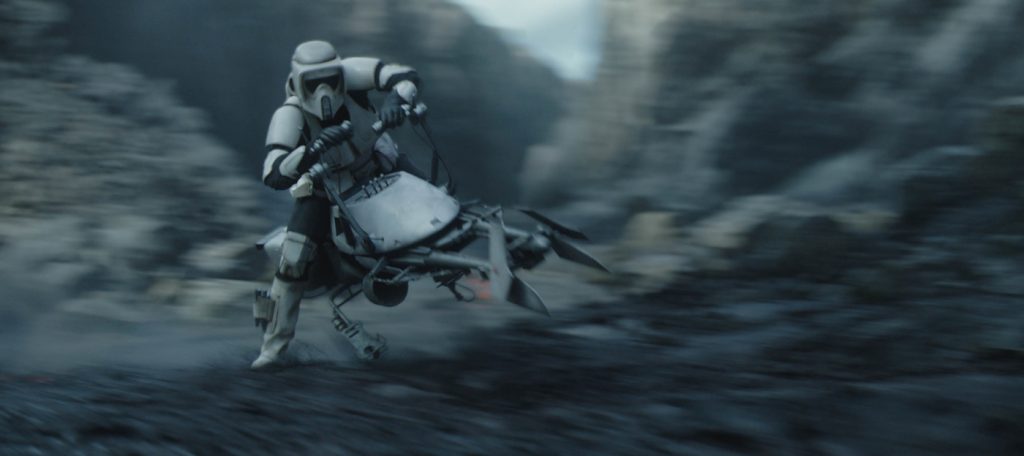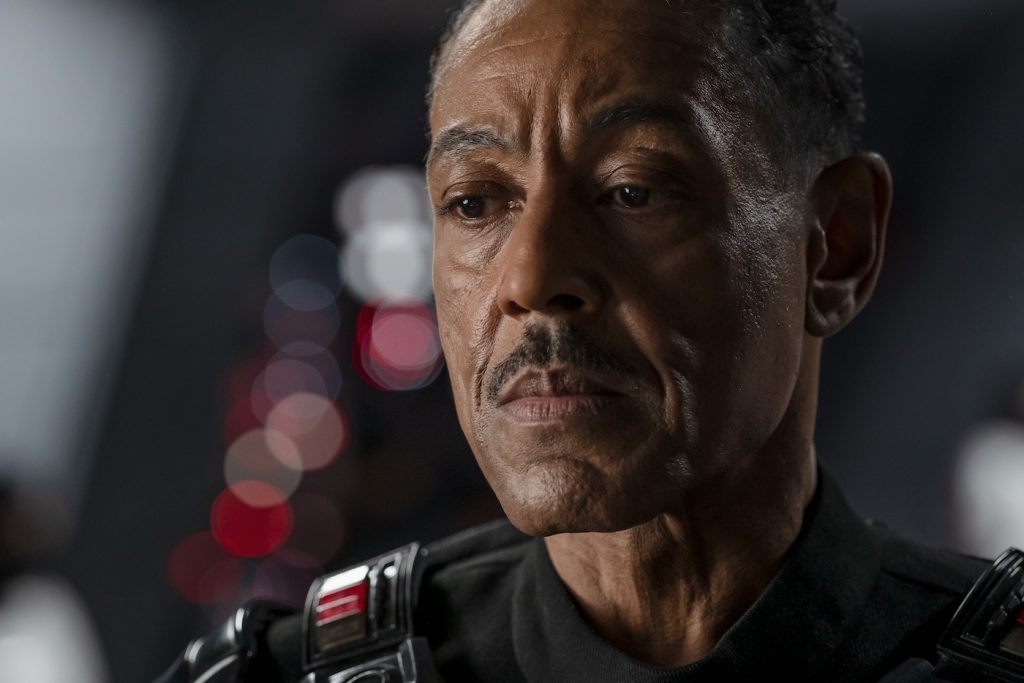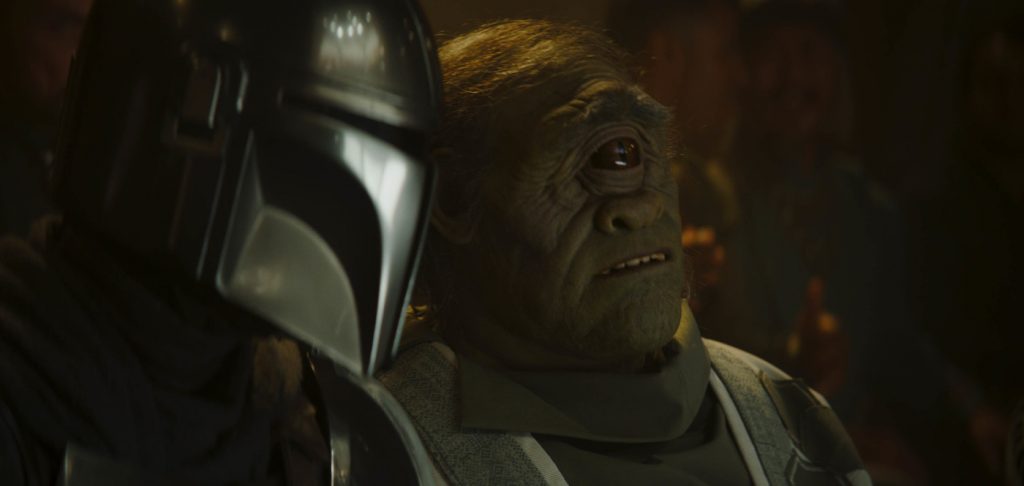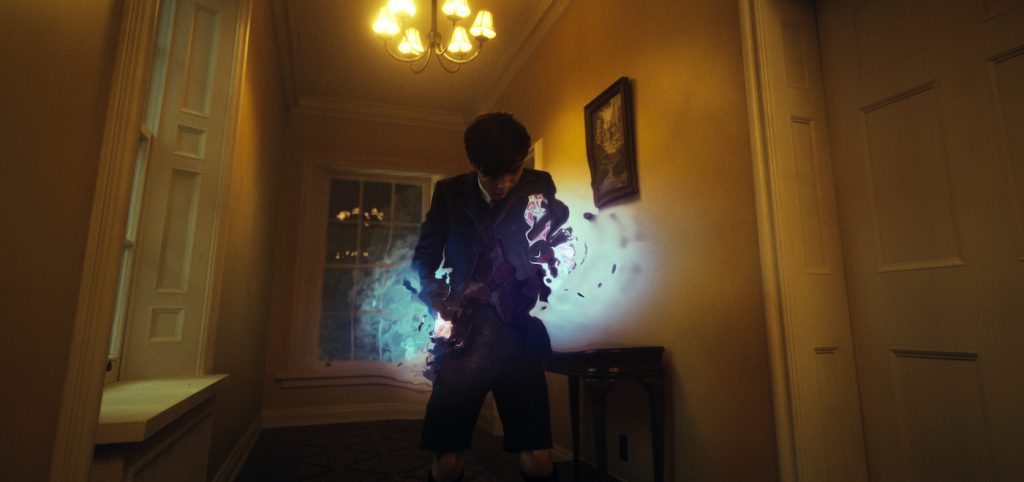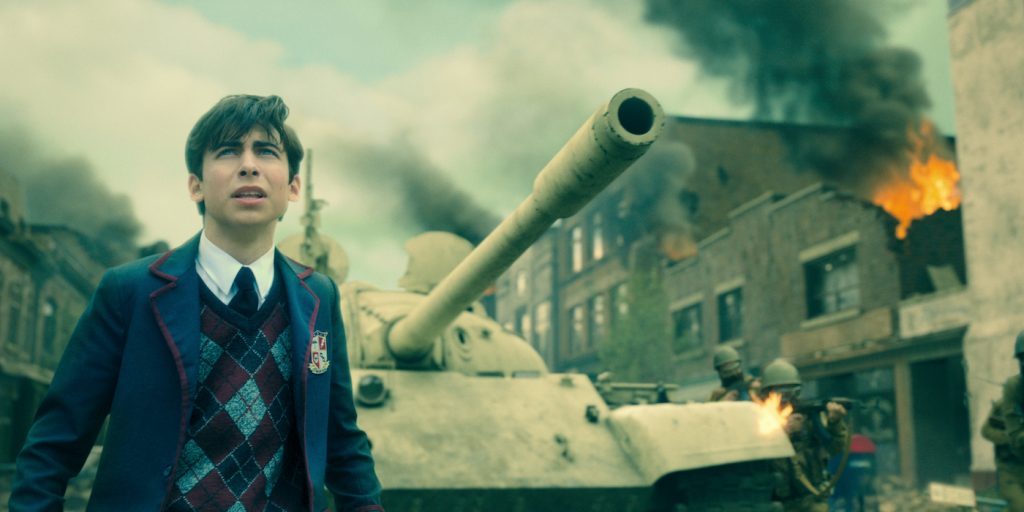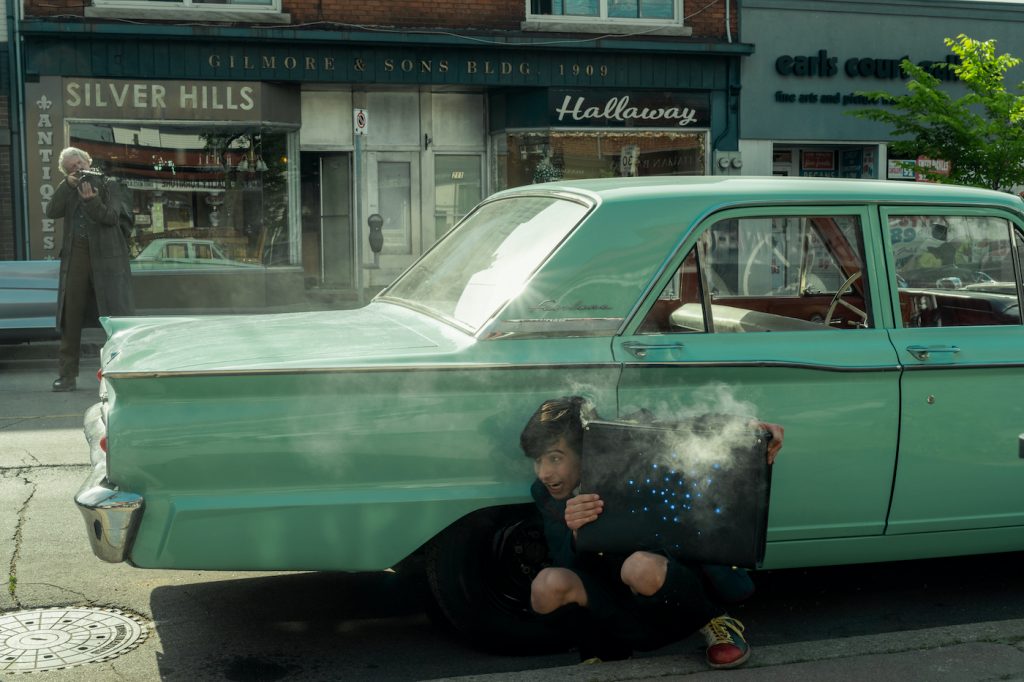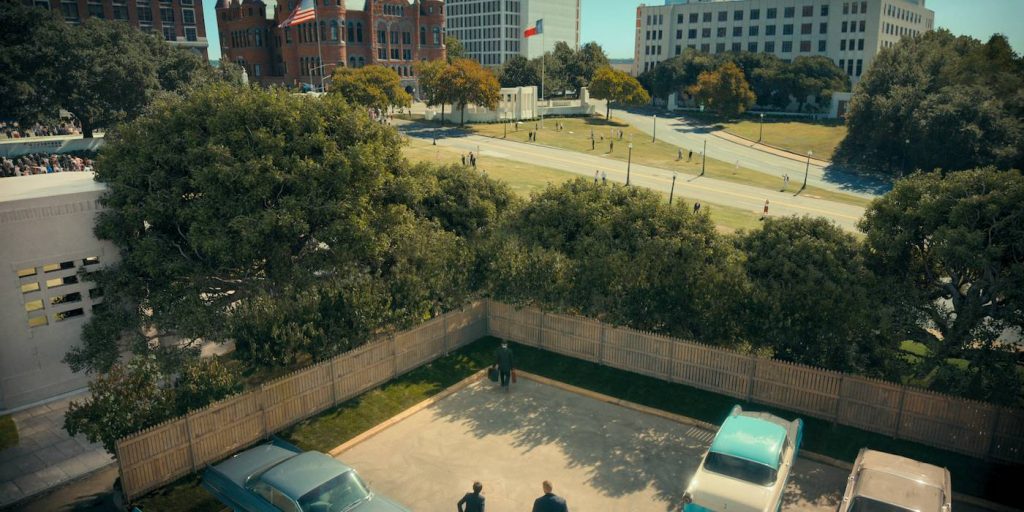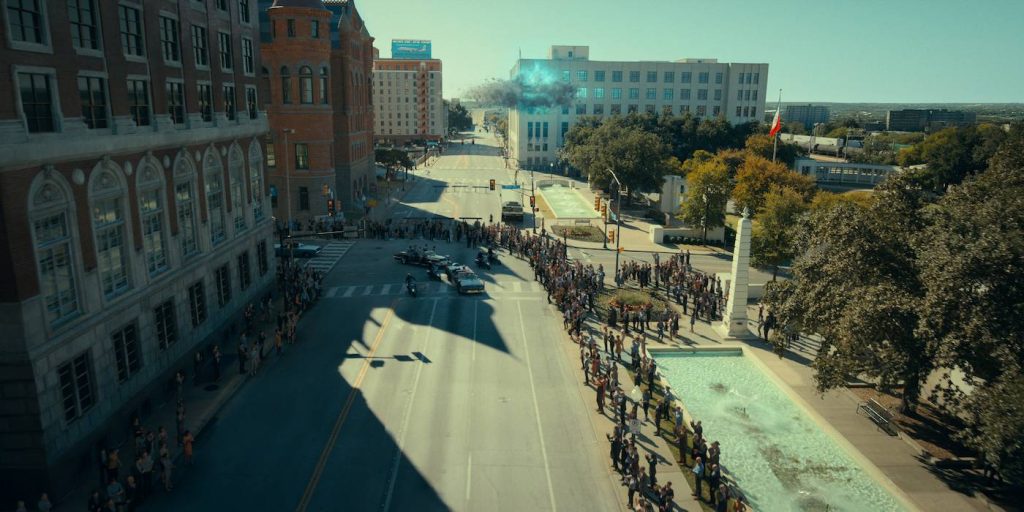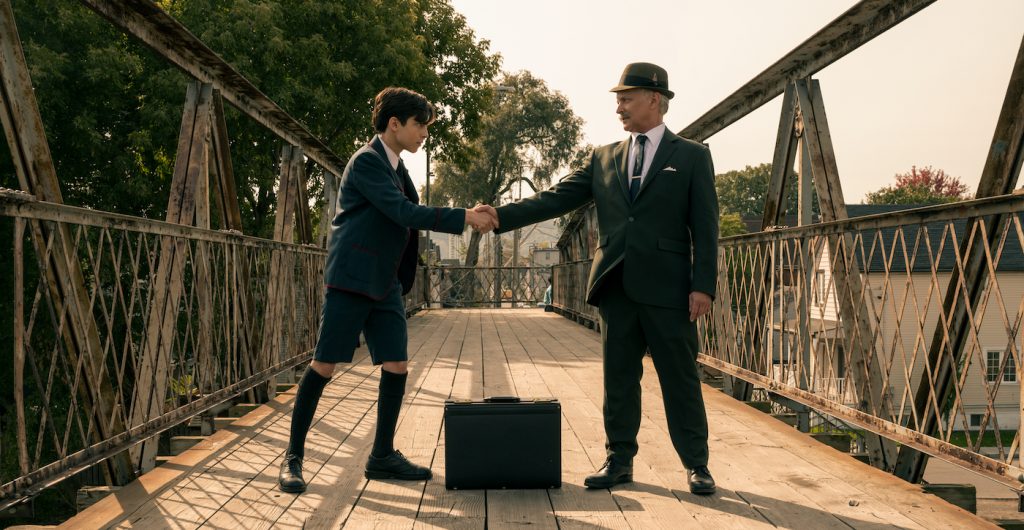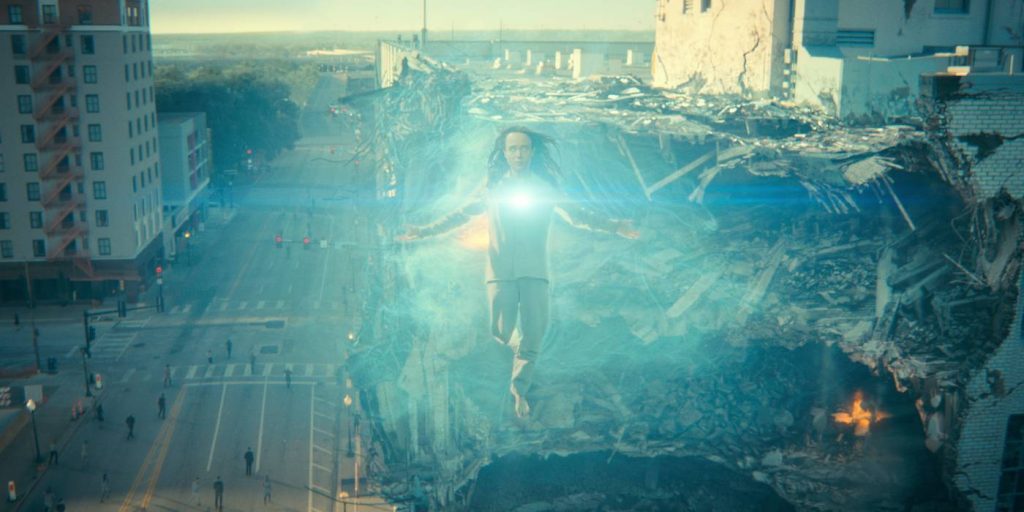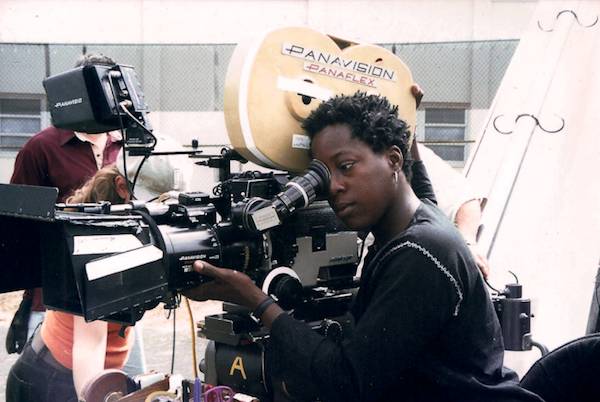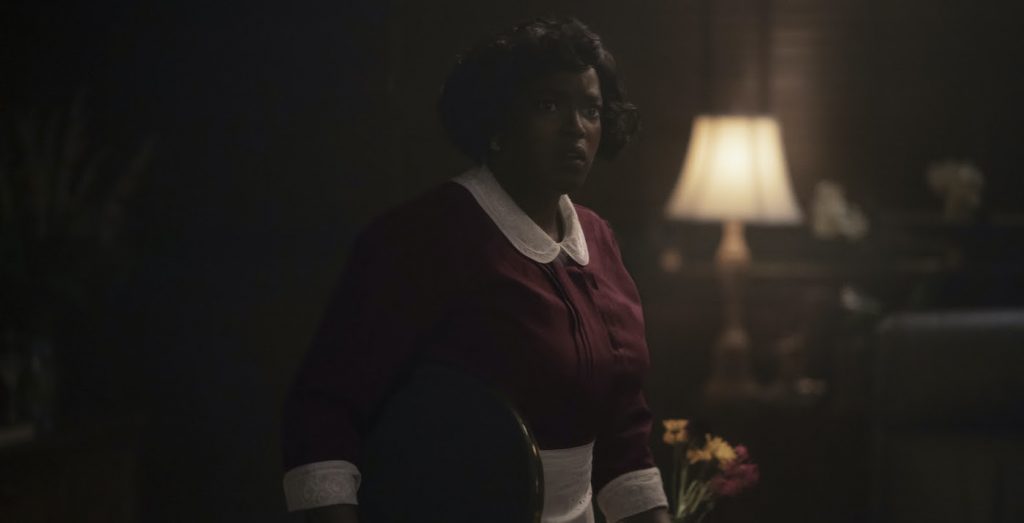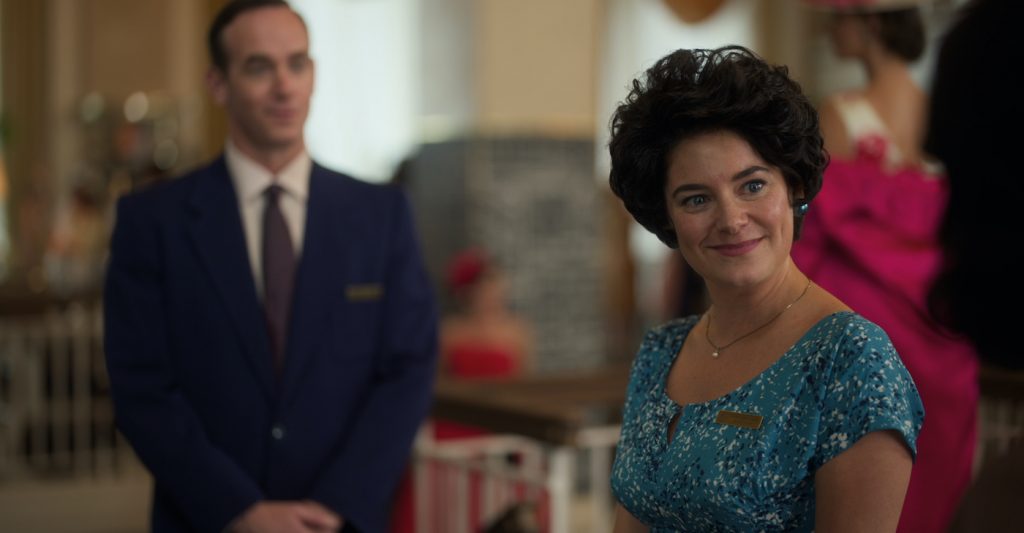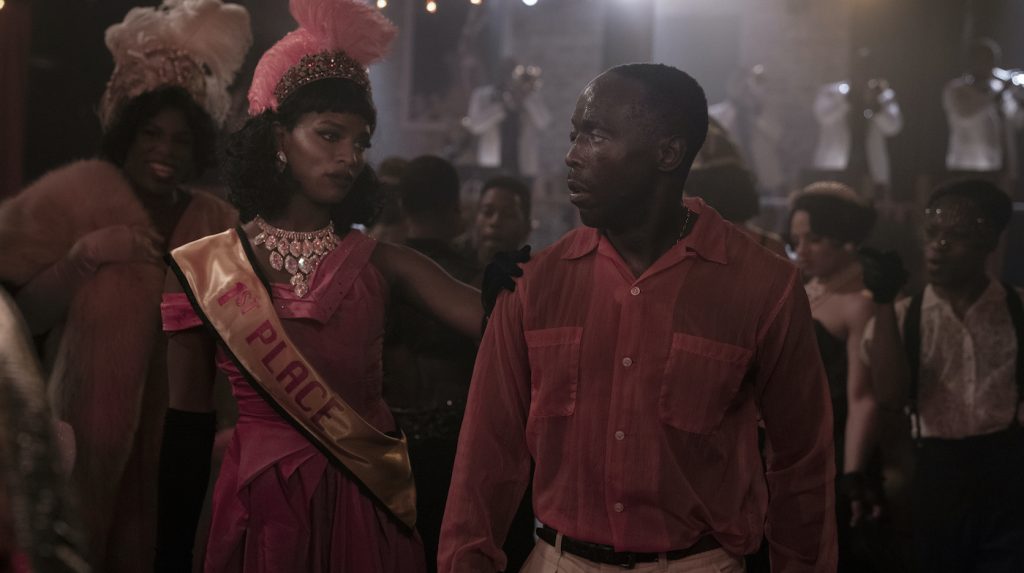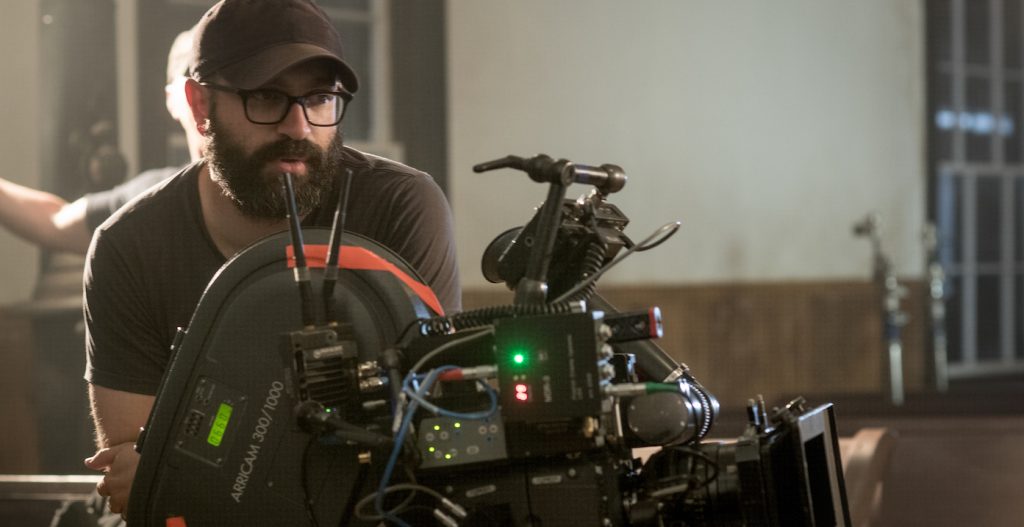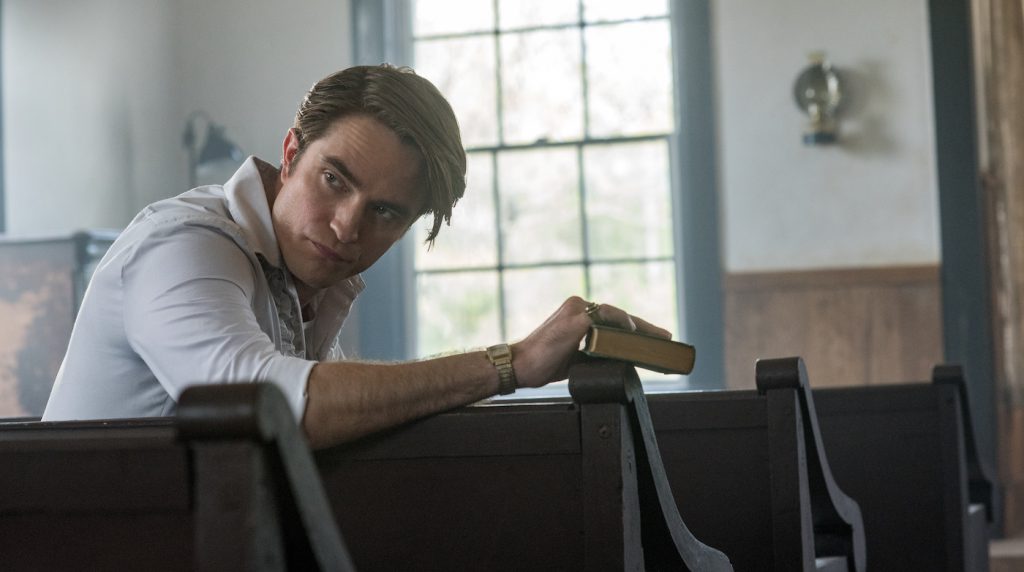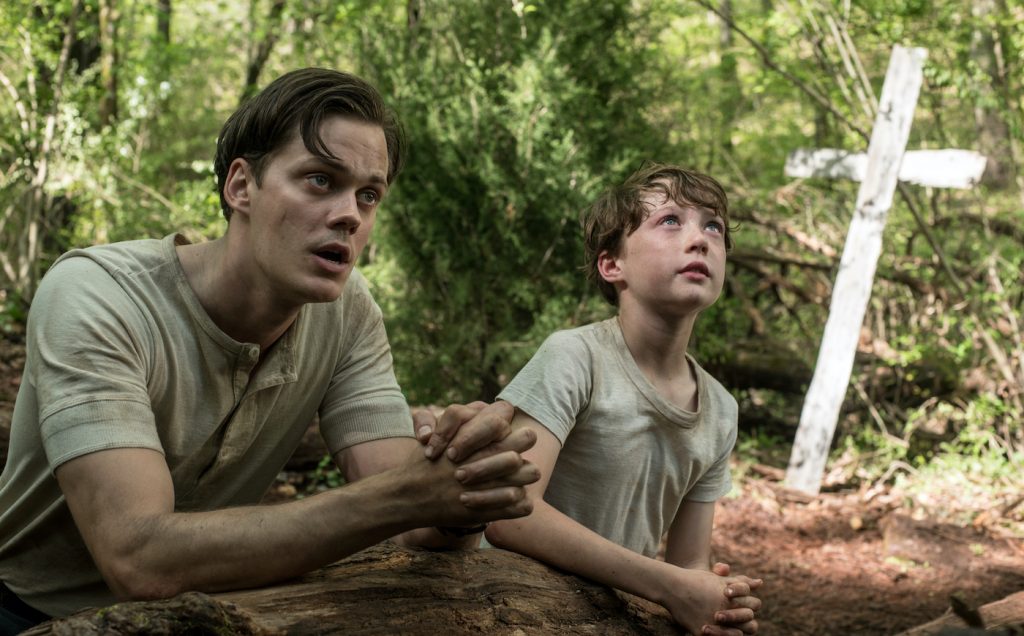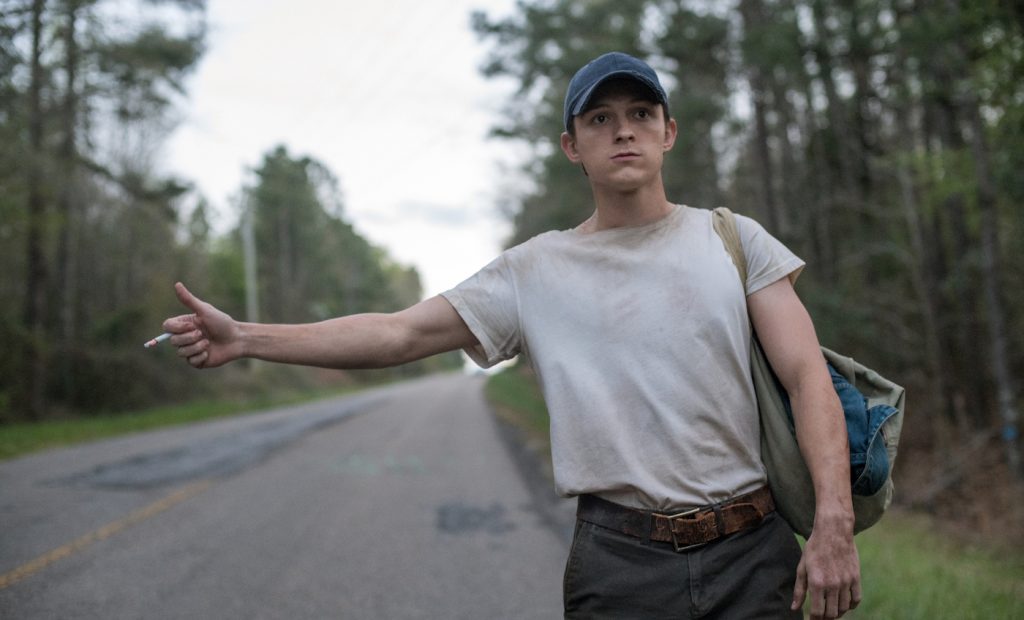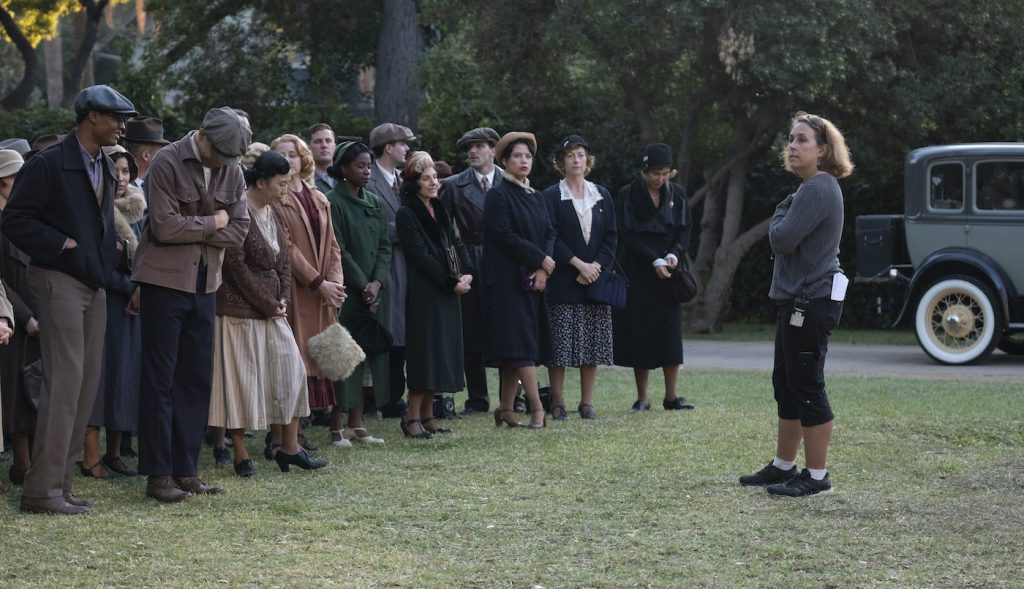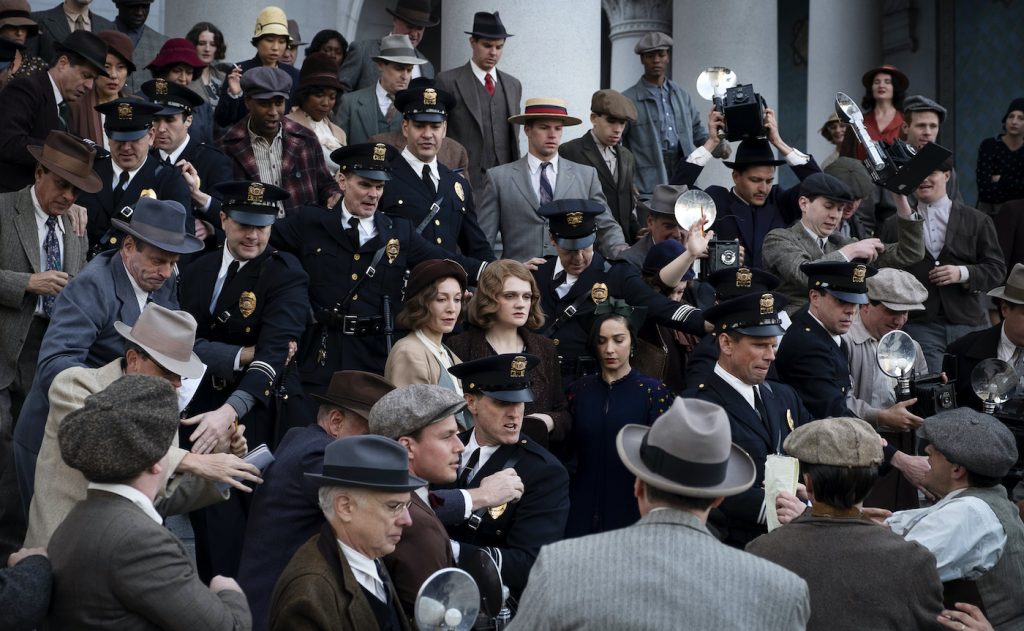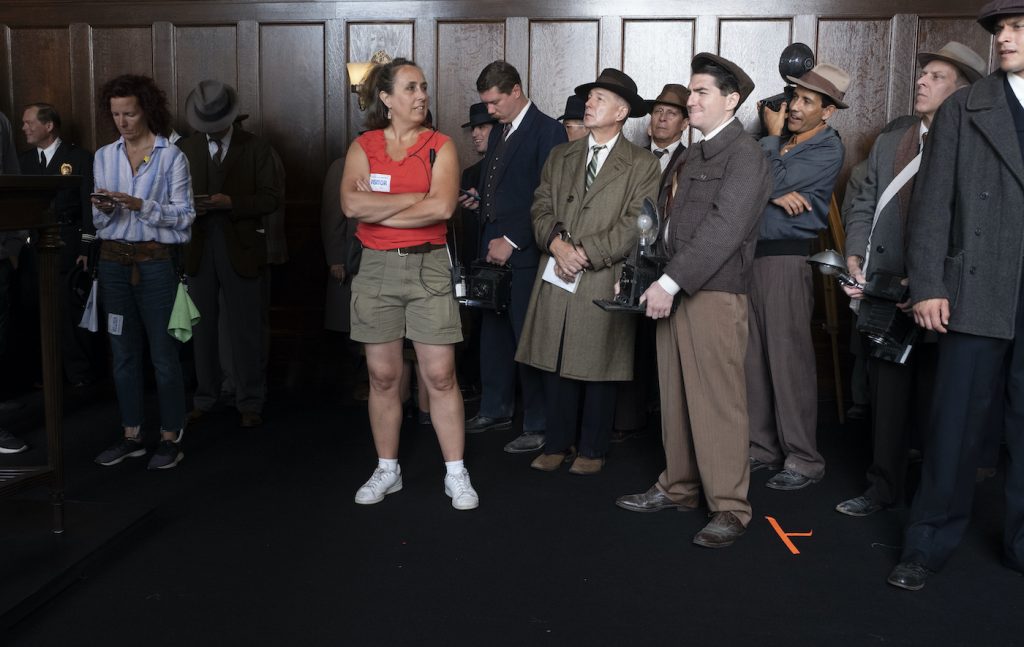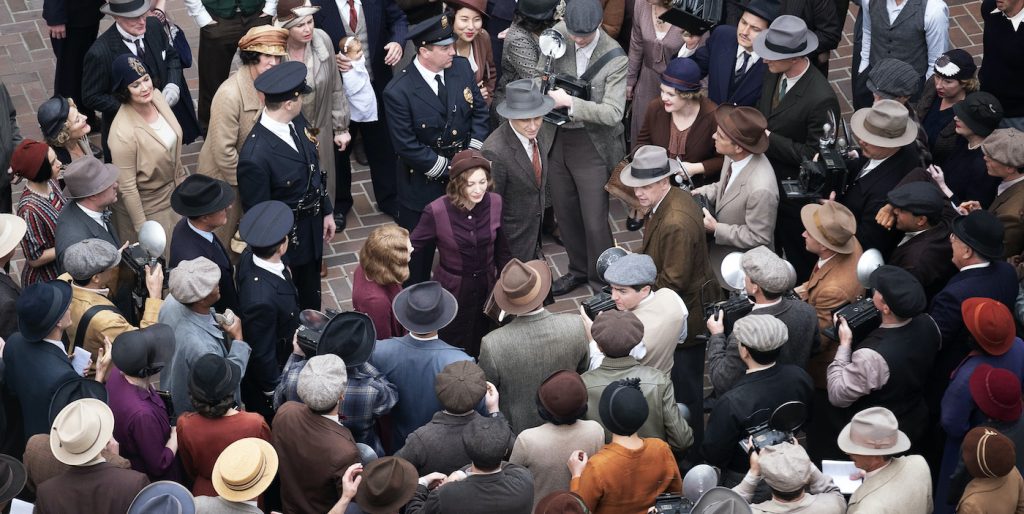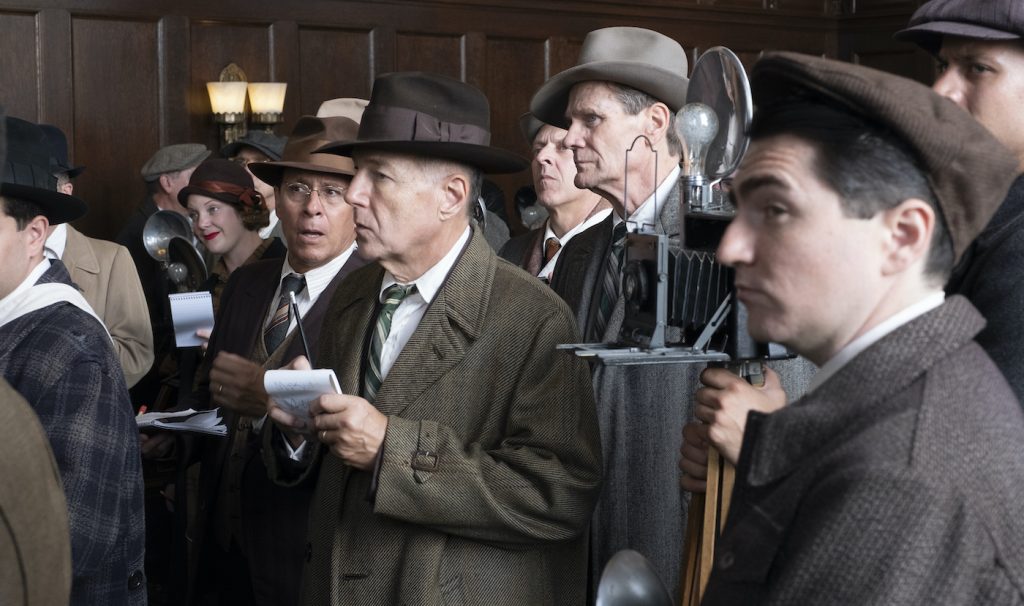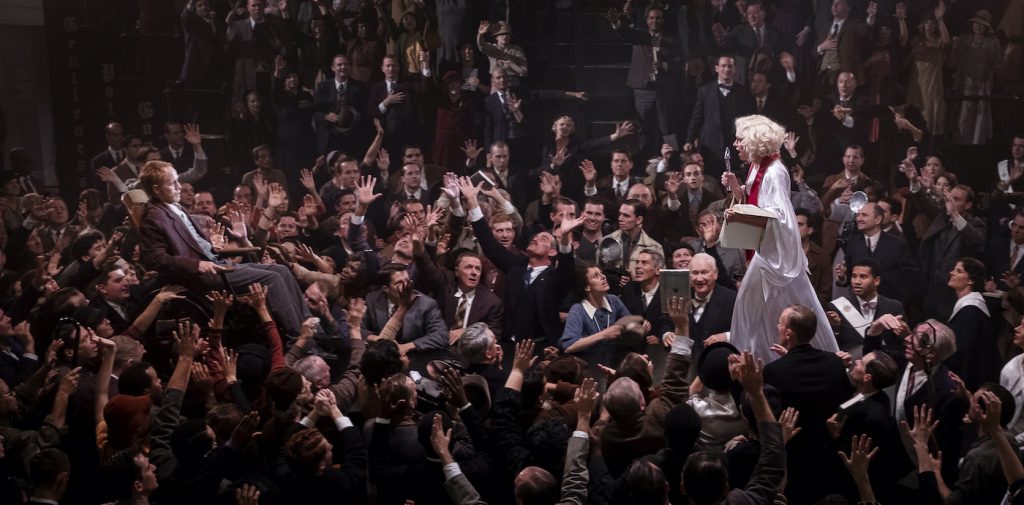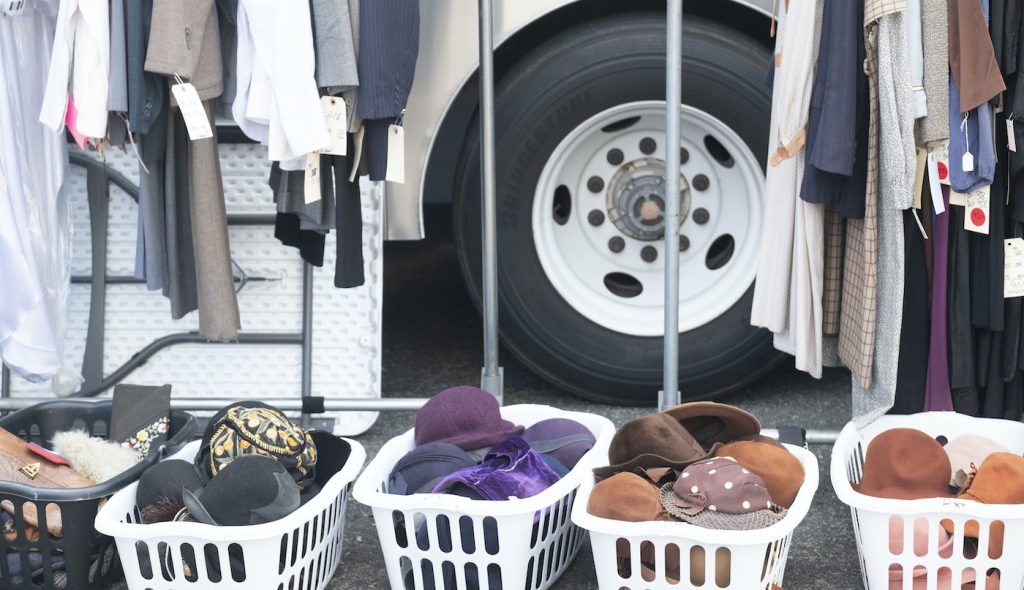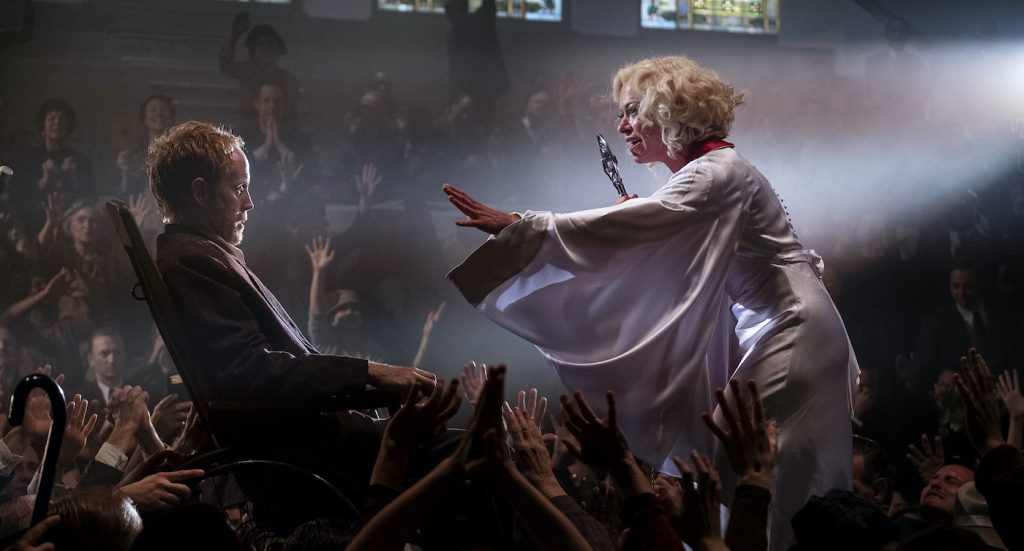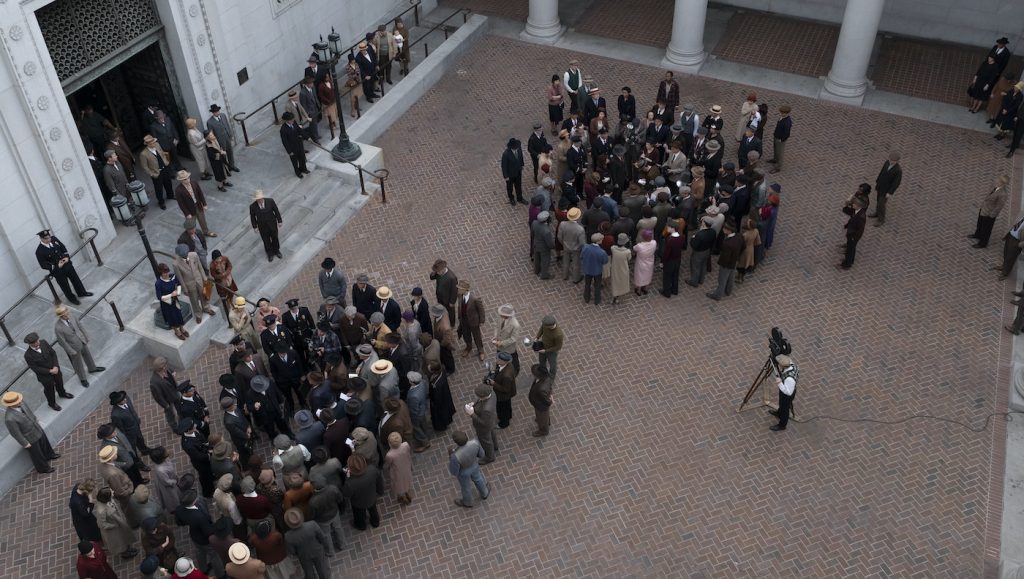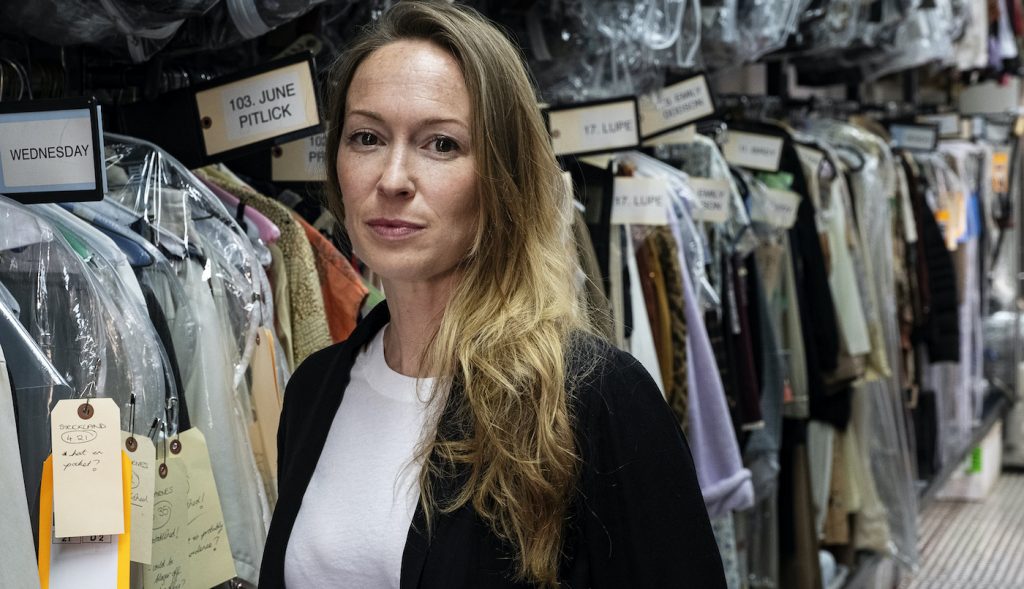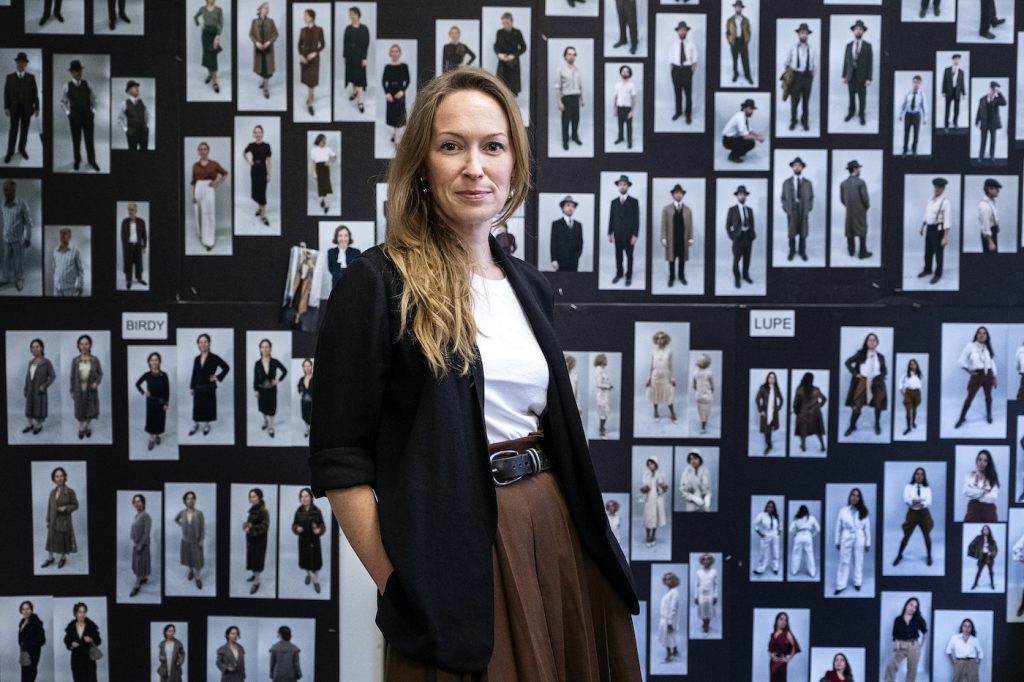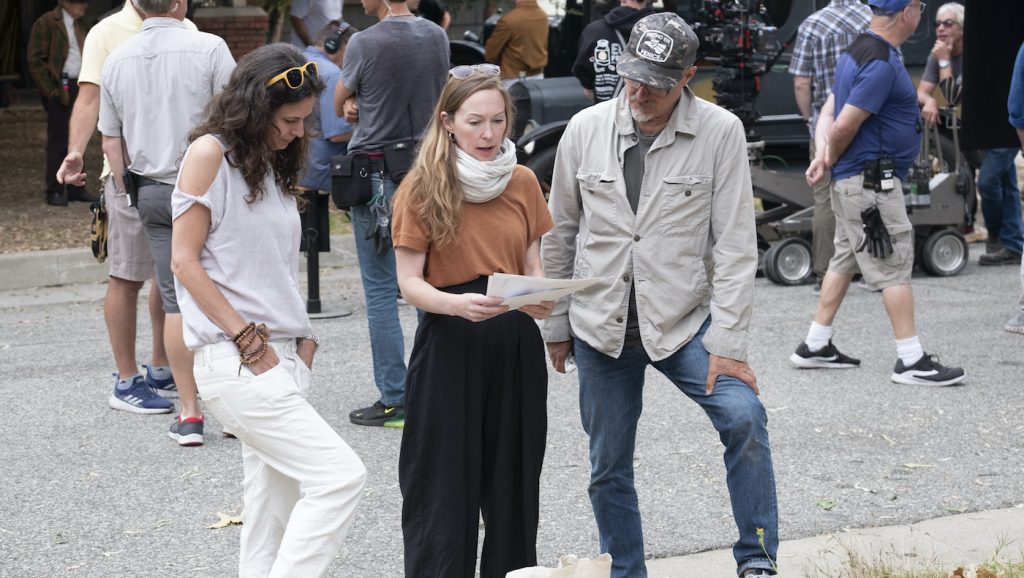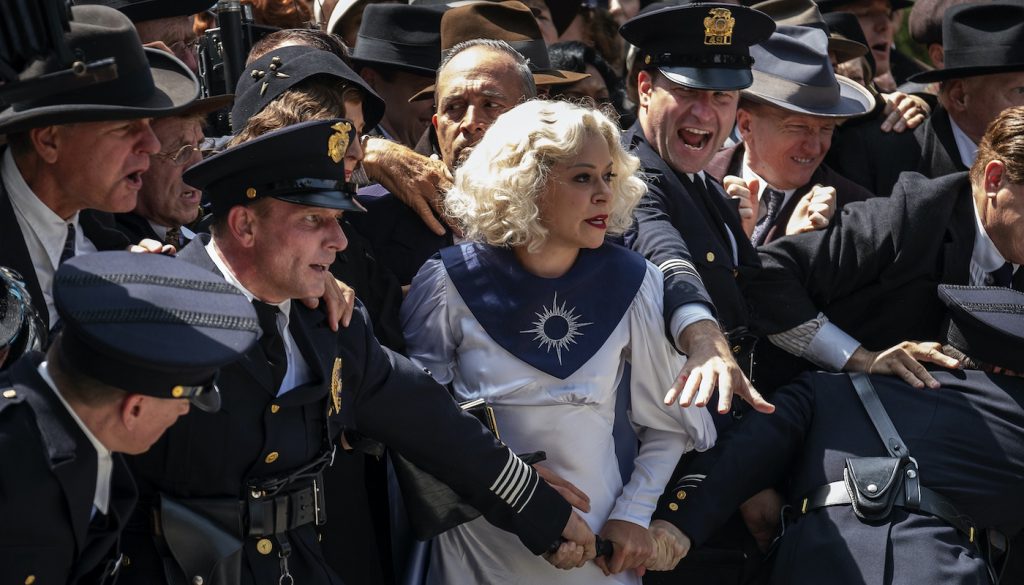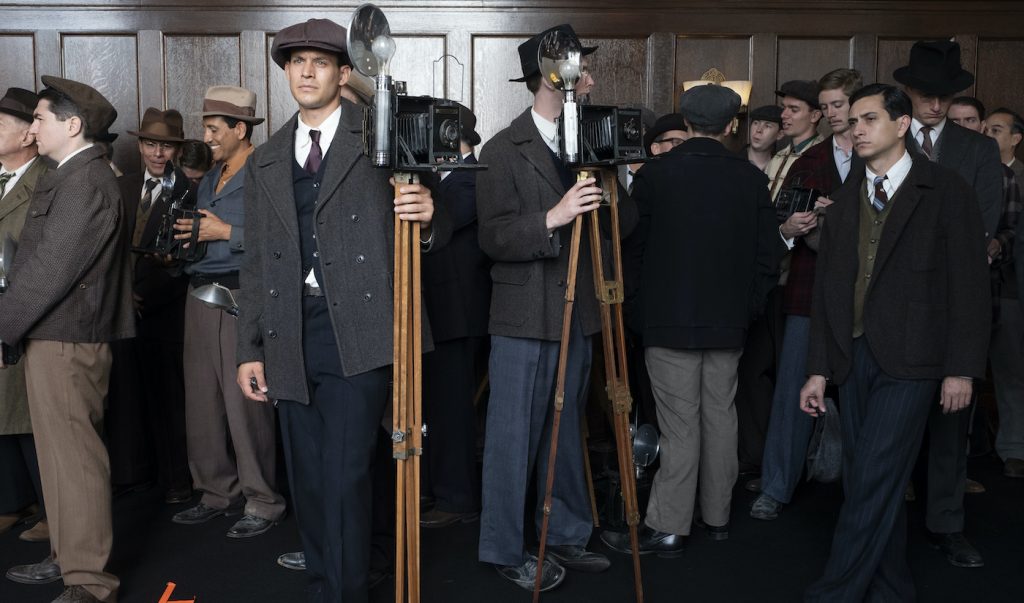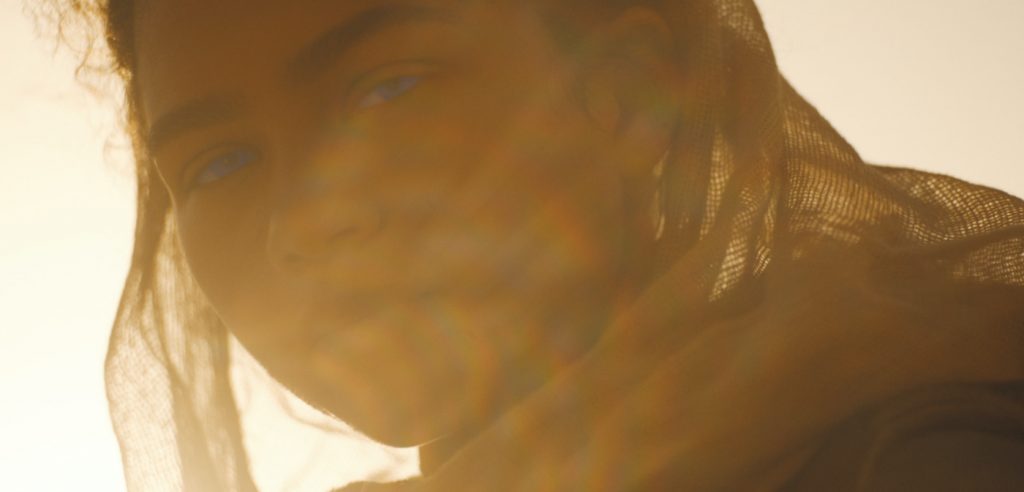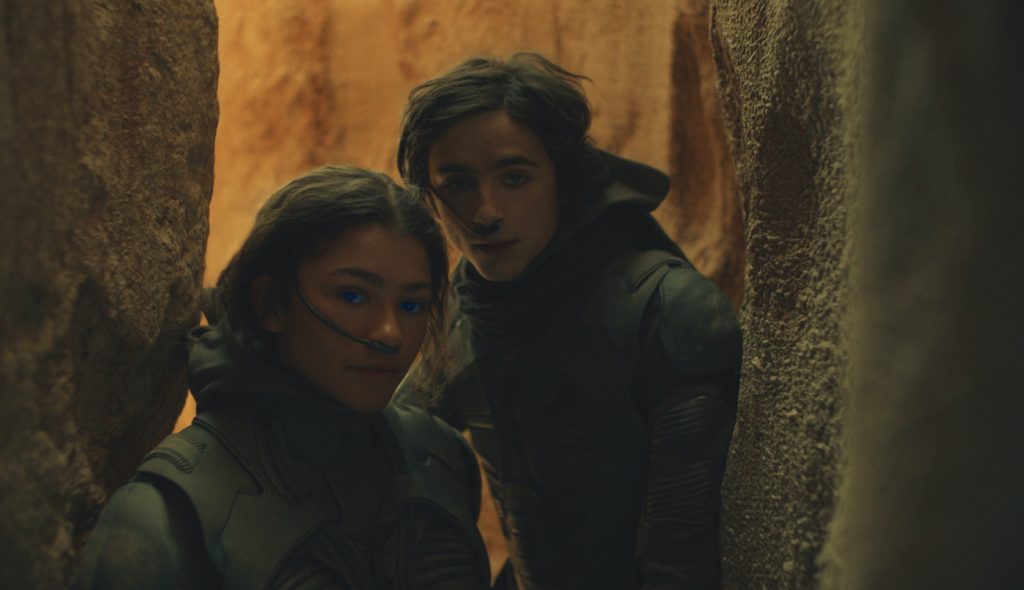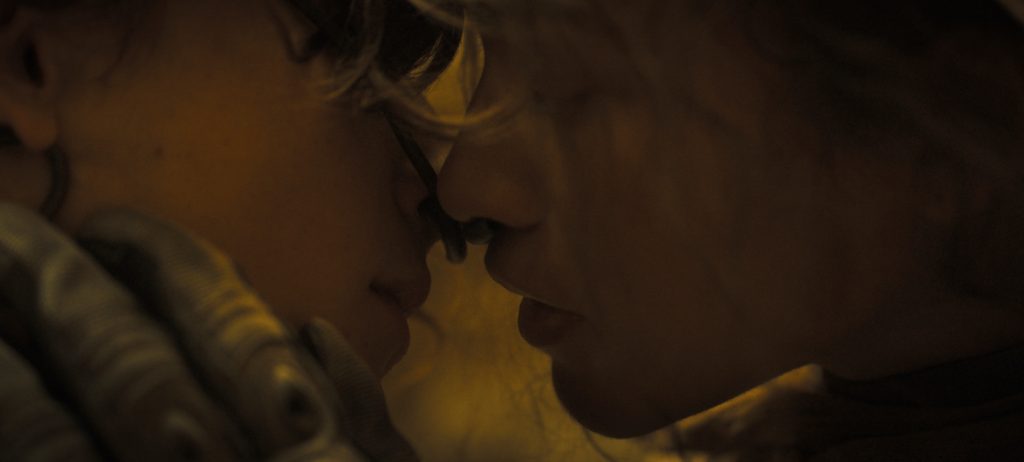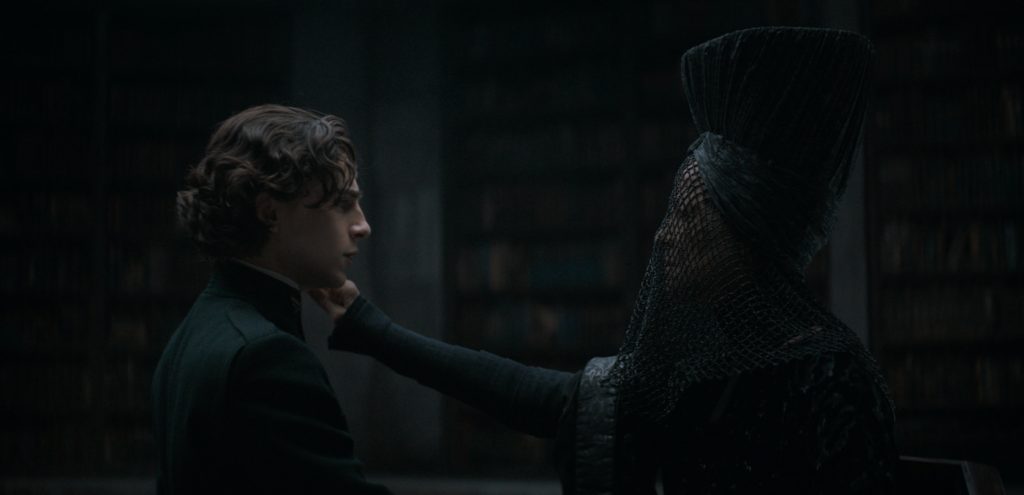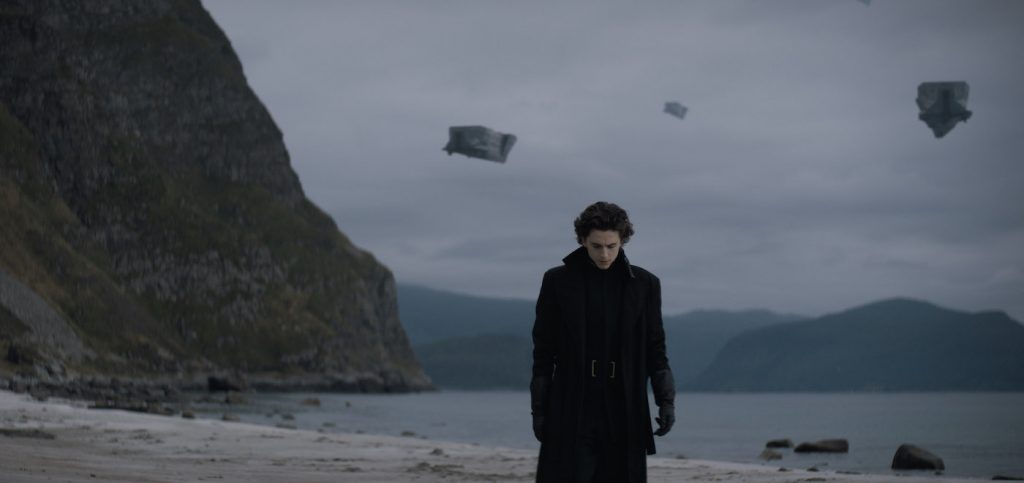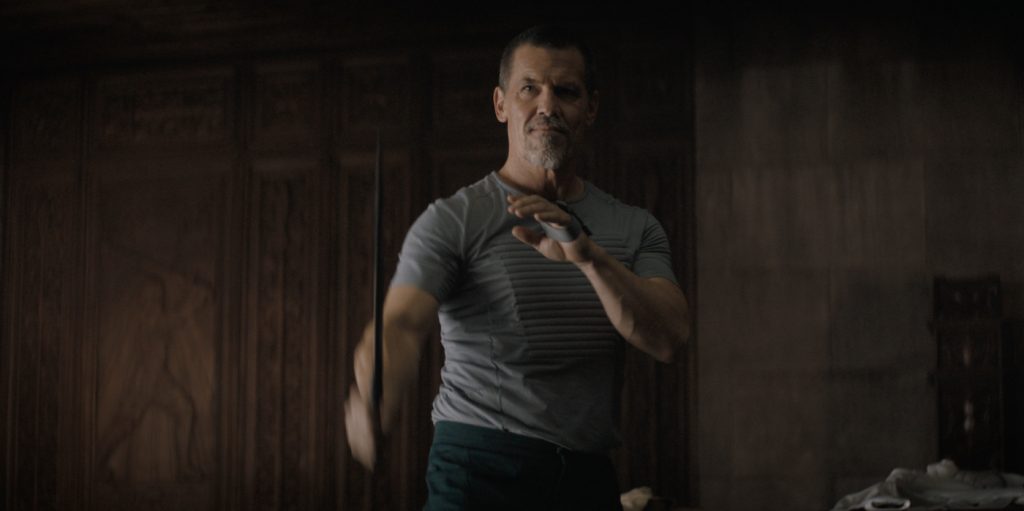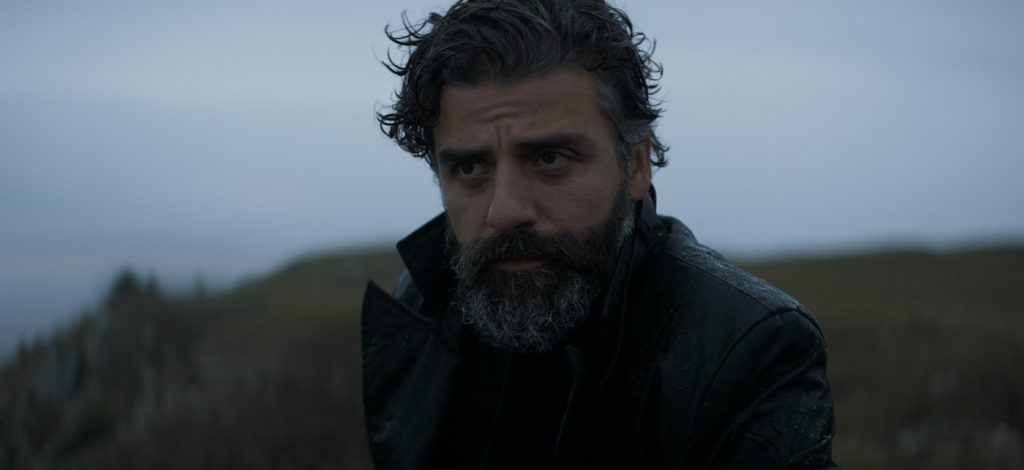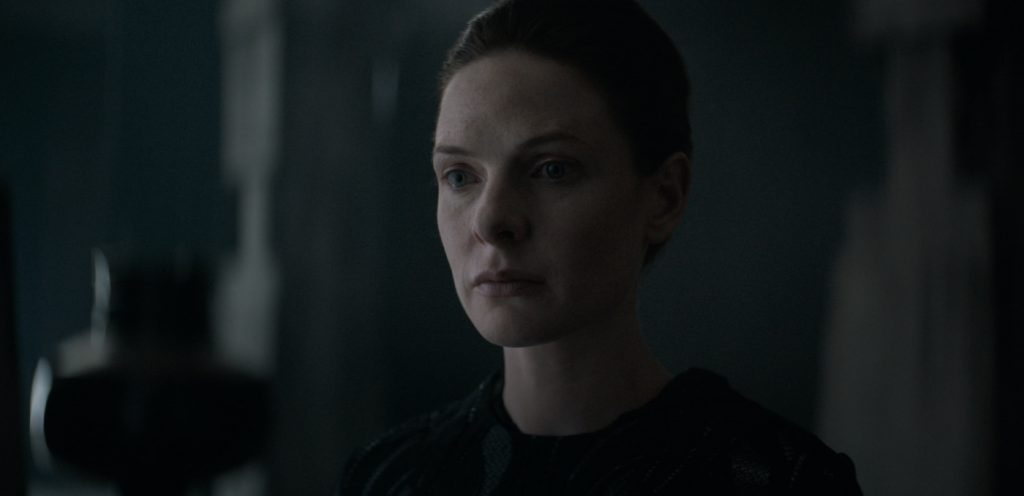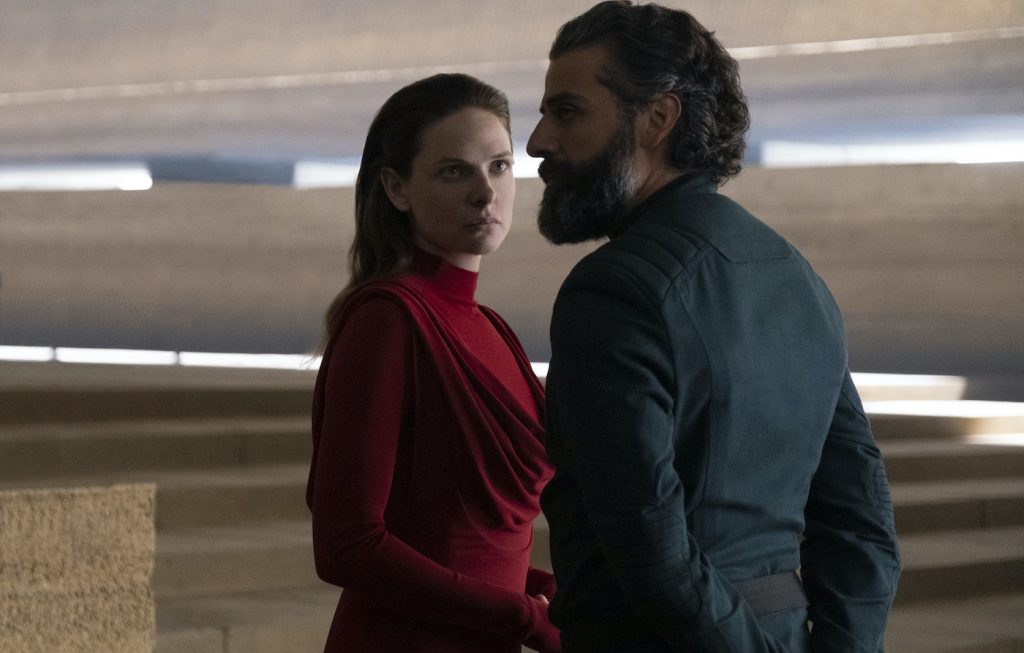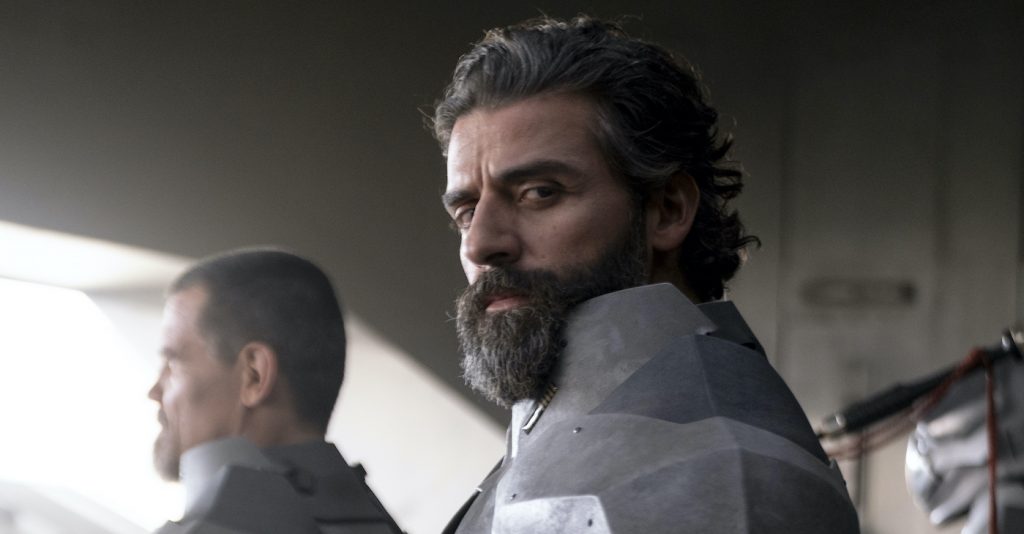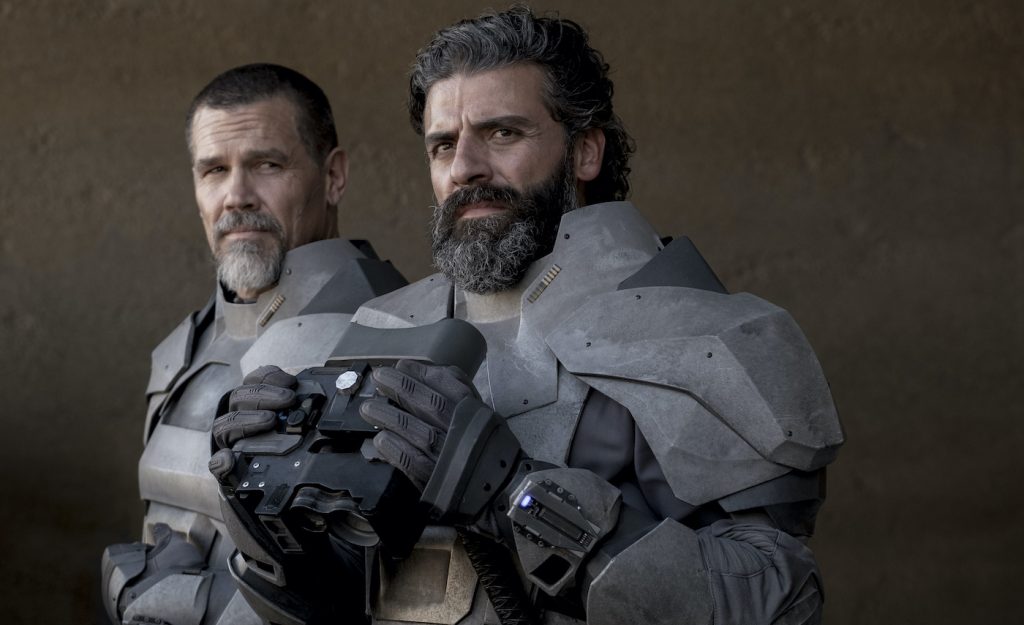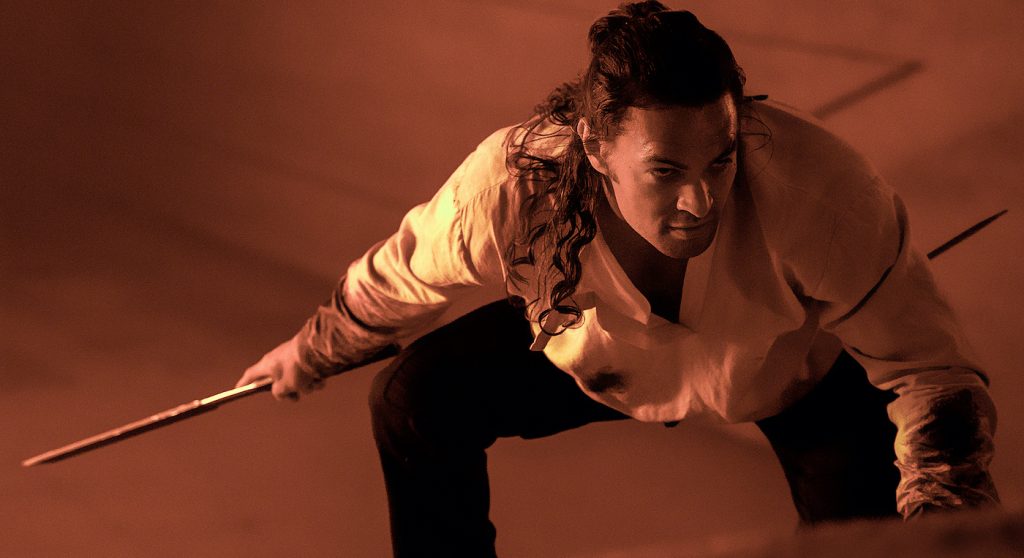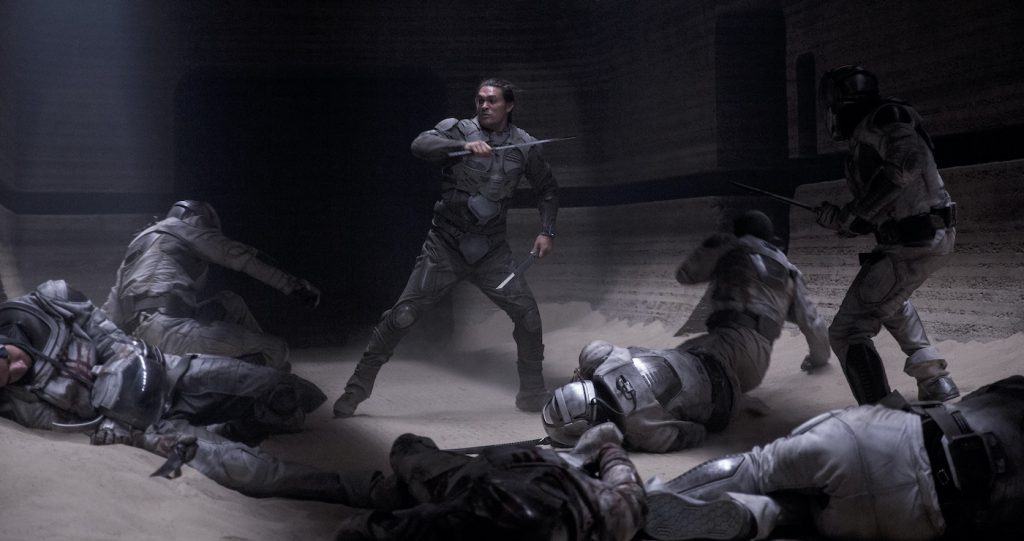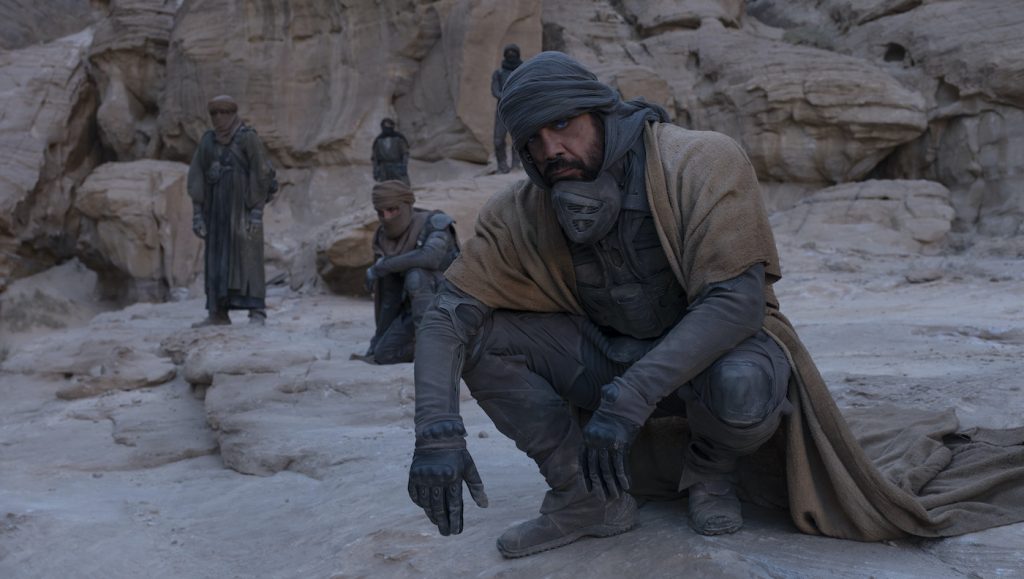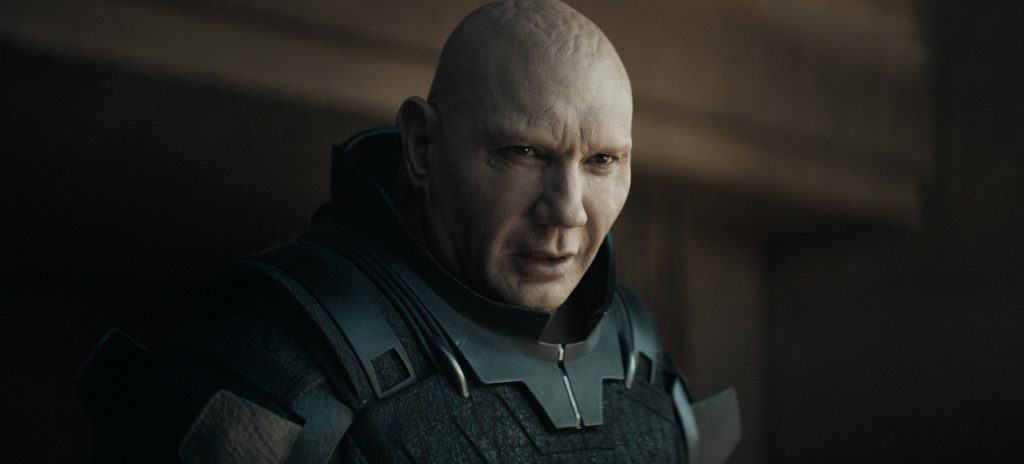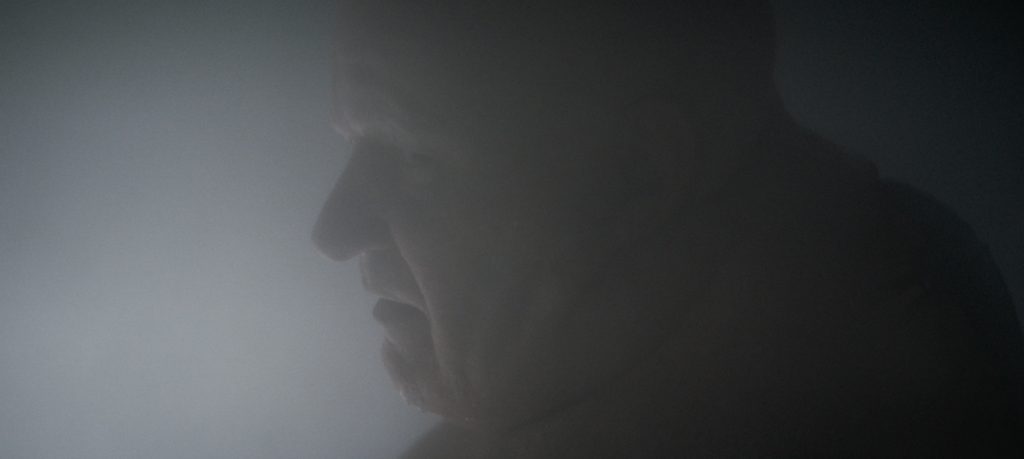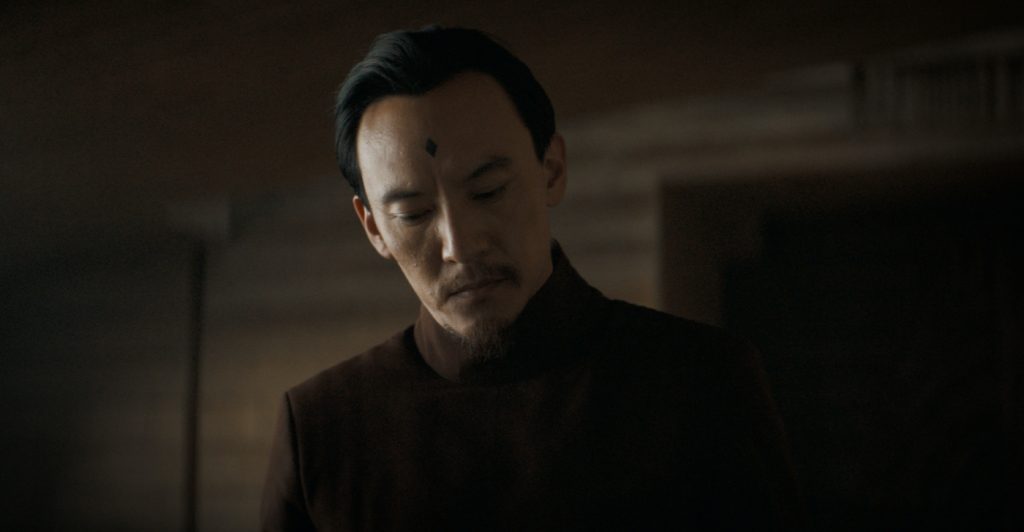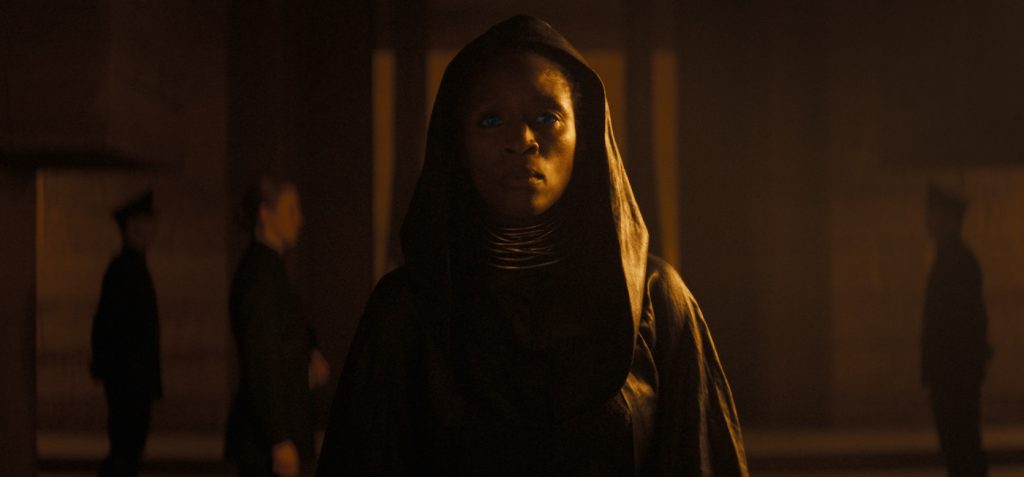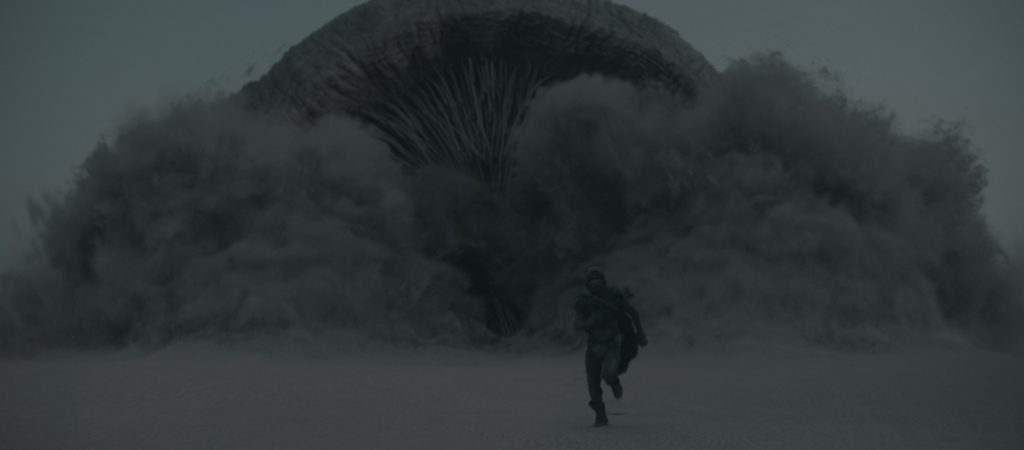The 72nd Primetime Emmy Awards, which aired on Sunday night on ABC, was the most unusual ceremony in the telecast’s history. Yet, this virtual version of the awards ceremony managed to offer a lot of charming and satisfying moments, despite needing to take place remotely thanks to COVID-19. The evening’s big winners were HBO’s Watchmen and Succession, as well as Netflix’s Schitt’s Creek, which all piled on the awards.
Without further ado, here are your 2020 Emmy Winners:
Drama Series
Better Call Saul (AMC)
The Crown (Netflix)
The Handmaid’s Tale (Hulu)
Killing Eve (BBC America/AMC)
The Mandalorian (Disney Plus)
Ozark (Netflix)
Stranger Things (Netflix)
Succession (HBO)
Comedy Series
Curb Your Enthusiasm (HBO)
Dead to Me (Netflix)
The Good Place (NBC)
Insecure (HBO)
The Kominsky Method (Netflix)
The Marvelous Mrs. Maisel (Amazon Prime Video)
Schitt’s Creek (Pop TV)
What We Do in the Shadows (FX)
Limited Series
Little Fires Everywhere (Hulu)
Mrs. America (Hulu)
Unbelievable (Netflix)
Unorthodox (Netflix)
Watchmen (HBO)
Lead Actor in a Drama Series
Jason Bateman (Ozark)
Sterling K. Brown (This Is Us)
Steve Carell (The Morning Show)
Brian Cox (Succession)
Billy Porter (Pose)
Jeremy Strong (Succession)
Lead Actress in a Drama Series
Jennifer Aniston (The Morning Show)
Olivia Colman (The Crown)
Jodie Comer (Killing Eve)
Laura Linney (Ozark)
Sandra Oh (Killing Eve)
Zendaya (Euphoria)
Lead Actor in a Comedy Series
Anthony Anderson (Black-ish)
Don Cheadle (Black Monday)
Ted Danson (The Good Place)
Michael Douglas (The Kominsky Method)
Eugene Levy (Schitt’s Creek)
Ramy Youssef (Ramy)
Lead Actress in a Comedy Series
Christina Applegate (Dead to Me)
Rachel Brosnahan (The Marvelous Mrs. Maisel)
Linda Cardellini (Dead to Me)
Catherine O’Hara (Schitt’s Creek)
Issa Rae (Insecure)
Tracee Ellis Ross (Black-ish)
Lead Actor in a Limited Series or Movie
Jeremy Irons (Watchmen)
Hugh Jackman (Bad Education)
Paul Mescal (Normal People)
Jeremy Pope (Hollywood)
Mark Ruffalo (I Know This Much Is True)
Lead Actress in a Limited Series or Movie
Cate Blanchett (Mrs. America)
Shira Haas (Unorthodox)
Regina King (Watchmen)
Octavia Spencer (Self Made)
Kerry Washington (Little Fires Everywhere)
Supporting Actor in a Drama Series
Giancarlo Esposito (Better Call Saul)
Bradley Whitford (The Handmaid’s Tale)
Billy Crudup (The Morning Show)
Mark Duplass (The Morning Show)
Nicholas Braun (Succession)
Kieran Culkin (Succession)
Matthew Macfadyen (Succession)
Jeffrey Wright (Westworld)
Supporting Actress in a Drama Series
Laura Dern (Big Little Lies)
Meryl Streep (Big Little Lies)
Helena Bonham Carter (The Crown)
Samira Wiley (The Handmaid’s Tale)
Fiona Shaw (Killing Eve)
Julia Garner (Ozark)
Sarah Snook (Succession)
Thandie Newton (Westworld)
Supporting Actor in a Comedy Series
Andre Braugher (Brooklyn Nine-Nine)
William Jackson Harper (The Good Place)
Alan Arkin (The Kominsky Method)
Sterling K. Brown (The Marvelous Mrs. Maisel)
Tony Shalhoub (The Marvelous Mrs. Maisel)
Mahershala Ali (Ramy)
Kenan Thompson (Saturday Night Live)
Dan Levy (Schitt’s Creek)
Supporting Actress in a Comedy Series
Betty Gilpin (GLOW)
D’Arcy Carden (The Good Place)
Yvonne Orji (Insecure)
Alex Borstein (The Marvelous Mrs. Maisel)
Marin Hinkle (The Marvelous Mrs. Maisel)
Kate McKinnon (Saturday Night Live)
Cecily Strong (Saturday Night Live)
Annie Murphy (Schitt’s Creek)
Supporting Actor in a Limited Series or Movie
Dylan McDermott (Hollywood)
Jim Parsons (Hollywood)
Tituss Burgess (Unbreakable Kimmy Schmidt: Kimmy vs. the Reverend)
Yahya Abdul-Mateen II (Watchmen)
Jovan Adepo (Watchmen)
Louis Gossett Jr. (Watchmen)
Supporting Actress in a Limited Series or Movie
Holland Taylor (Hollywood)
Uzo Aduba (Mrs. America)
Margo Martindale (Mrs. America)
Tracey Ullman (Mrs. America)
Toni Collette (Unbelievable)
Jean Smart (Watchmen)
Reality Competition
The Masked Singer (FOX)
Nailed It (Netflix)
RuPaul’s Drag Race (VH1)
Top Chef (Bravo)
The Voice (NBC)
Variety Talk Series
Daily Show with Trevor Noah (Comedy Central)
Full Frontal with Samantha Bee (TBS)
Jimmy Kimmel Live (ABC)
Last Week Tonight with John Oliver (HBO)
Late Show with Stephen Colbert (CBS)
Writing For A Comedy Series
The Good Place: “Whenever You’re Ready”
Michael Schur, Written by
The Great: “The Great”
Tony McNamara, Written by
Schitt’s Creek: “Happy Ending”
Daniel Levy, Written by
Schitt’s Creek: “The Presidential Suite
David West Read, Written by
What We Do In The Shadows: “Collaboration”
Sam Johnson, Written by
Chris Marcil, Written by
What We Do In The Shadows: “Ghosts”
Paul Simms, Written by
What We Do In The Shadows: “On The Run”
Stefani Robinson, Written by
Writing For A Drama Series
Better Call Saul: “Bad Choice Road”
Thomas Schnauz, Written by
Better Call Saul: “Bagman”
Gordon Smith, Written by
The Crown: “Aberfan”
Peter Morgan, Written by
Ozark: “All In”
Chris Mundy, Written by
Ozark: “Boss Fight”
John Shiban, Written by
Ozark: “Fire Pink”
Miki Johnson, Written by
Succession: “This Is Not For Tears”
Jesse Armstrong, Written by
Writing For A Limited Series, Movie Or Dramatic Special
Mrs. America: “Shirley”
Tanya Barfield, Written by
Normal People: “Episode 3”
Sally Rooney, Written by
Alice Birch, Written by
Unbelievable: “Episode 1”
Susannah Grant, Teleplay by
Michael Chabon, Teleplay by
Ayelet Waldman, Teleplay by
Unorthodox: “Part 1”
Anna Winger, Written by
Watchmen: “This Extraordinary Being”
Damon Lindelof, Written by
Cord Jefferson, Written by
Directing For A Comedy Series
The Great: “The Great” (Pilot) • Hulu
Matt Shakman, Directed by
The Marvelous Mrs. Maisel: “It’s Comedy Or Cabbage”
Amy Sherman-Palladino, Directed by
The Marvelous Mrs. Maisel: “Marvelous Radio”
Daniel Palladino, Directed by
Modern Family: “Finale Part 2”
Gail Mancuso, Directed by
Ramy: “Miakhalifa.mov”
Ramy Youssef, Directed by
Schitt’s Creek: “Happy Ending”
Andrew Cividino, Directed by
Daniel Levy, Directed by
Will & Grace: “We Love Lucy”
James Burrows, Directed by
Directing For A Drama Series
The Crown: “Aberfan”
Benjamin Caron, Directed by
The Crown: “Cri de Coeur”
Jessica Hobbs, Directed by
Homeland: “Prisoners Of War”
Lesli Linka Glatter, Directed by
The Morning Show: “The Interview”
Mimi Leder, Directed by
Ozark: “Fire Pink”
Alik Sakharov, Directed by
Ozark: “Su Casa Es Mi Casa”
Ben Semanoff, Directed by
Succession: “Hunting”
Andrij Parekh, Directed by
Succession: “This Is Not For Tears”
Mark Mylod, Directed by
Directing For A Limited Series, Movie Or Dramatic Special
Little Fires Everywhere: “Find A Way”
Lynn Shelton, Directed by
Normal People: “Episode 5”
Lenny Abrahamson, Directed by
Unorthodox
Maria Schrader, Directed by
Watchmen: “It’s Summer And We’re Running Out Of Ice”
Nicole Kassell, Directed by
Watchmen: “Little Fear Of Lightning”
Steph Green, Directed by
Watchmen: “This Extraordinary Being”
Stephen Williams, Directed by
Featured image: Regina King. Photo: Mark Hill/HBO


